Landscape Design in Staten Island, New York, with LASD Studio
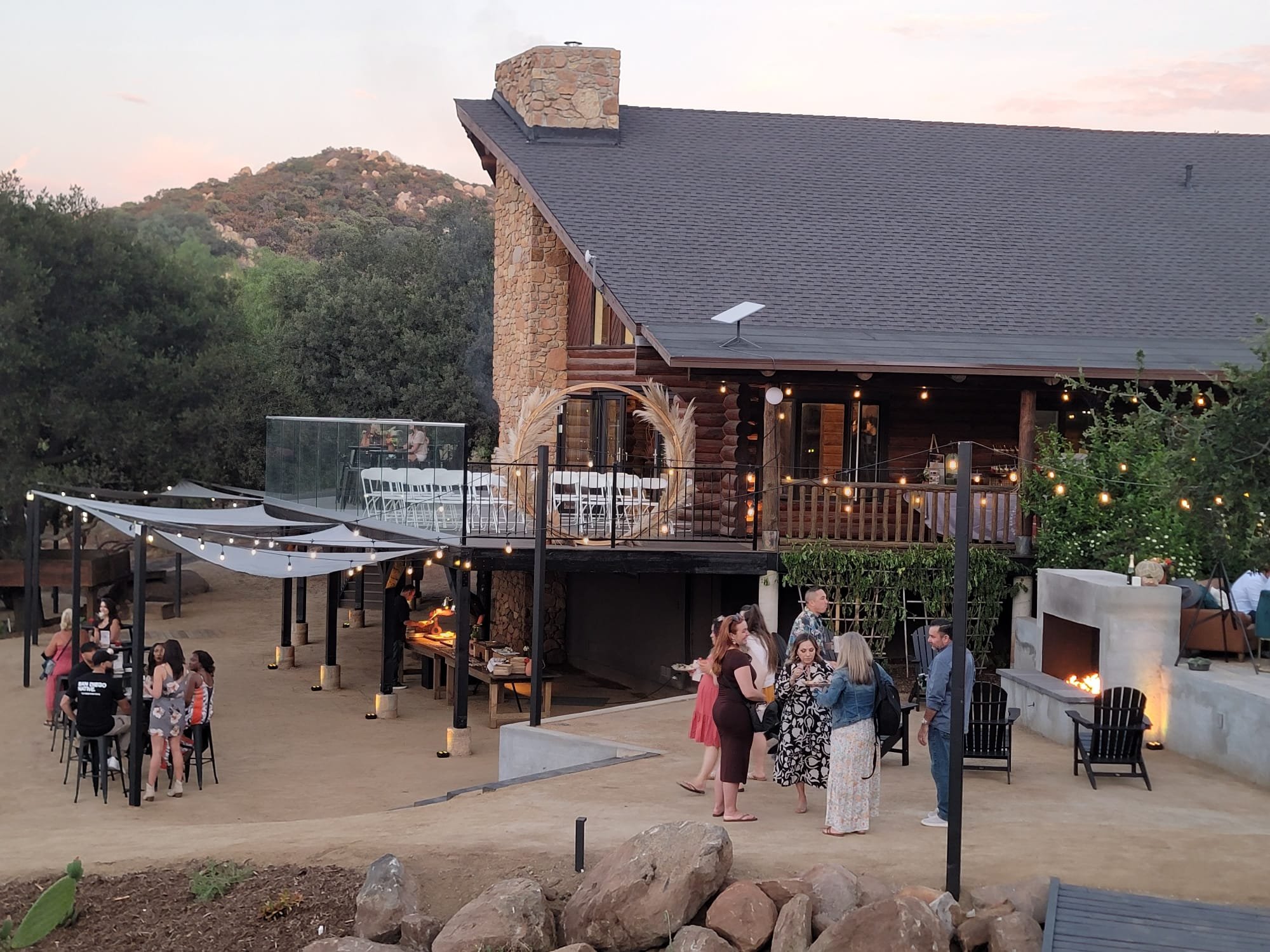
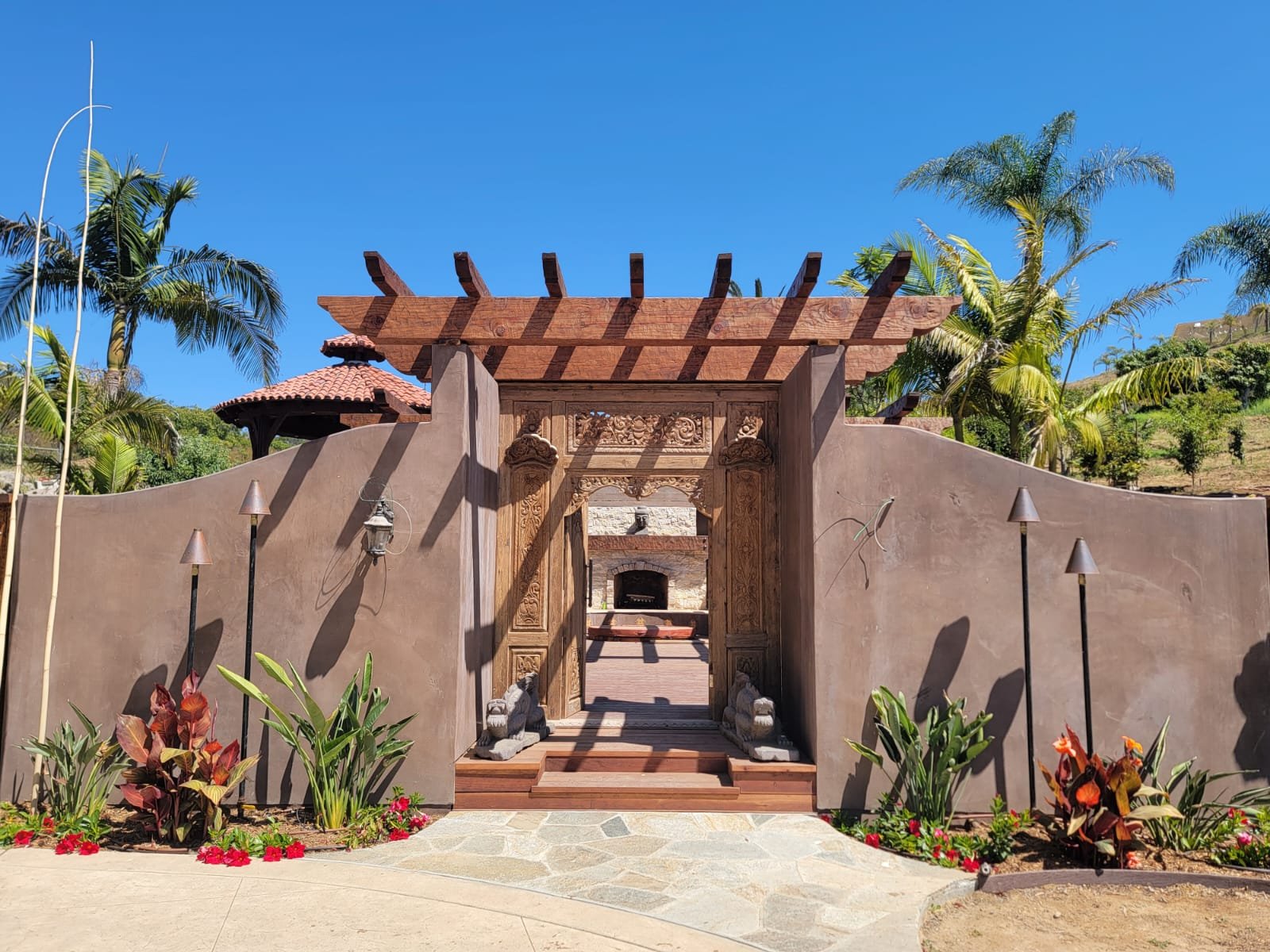
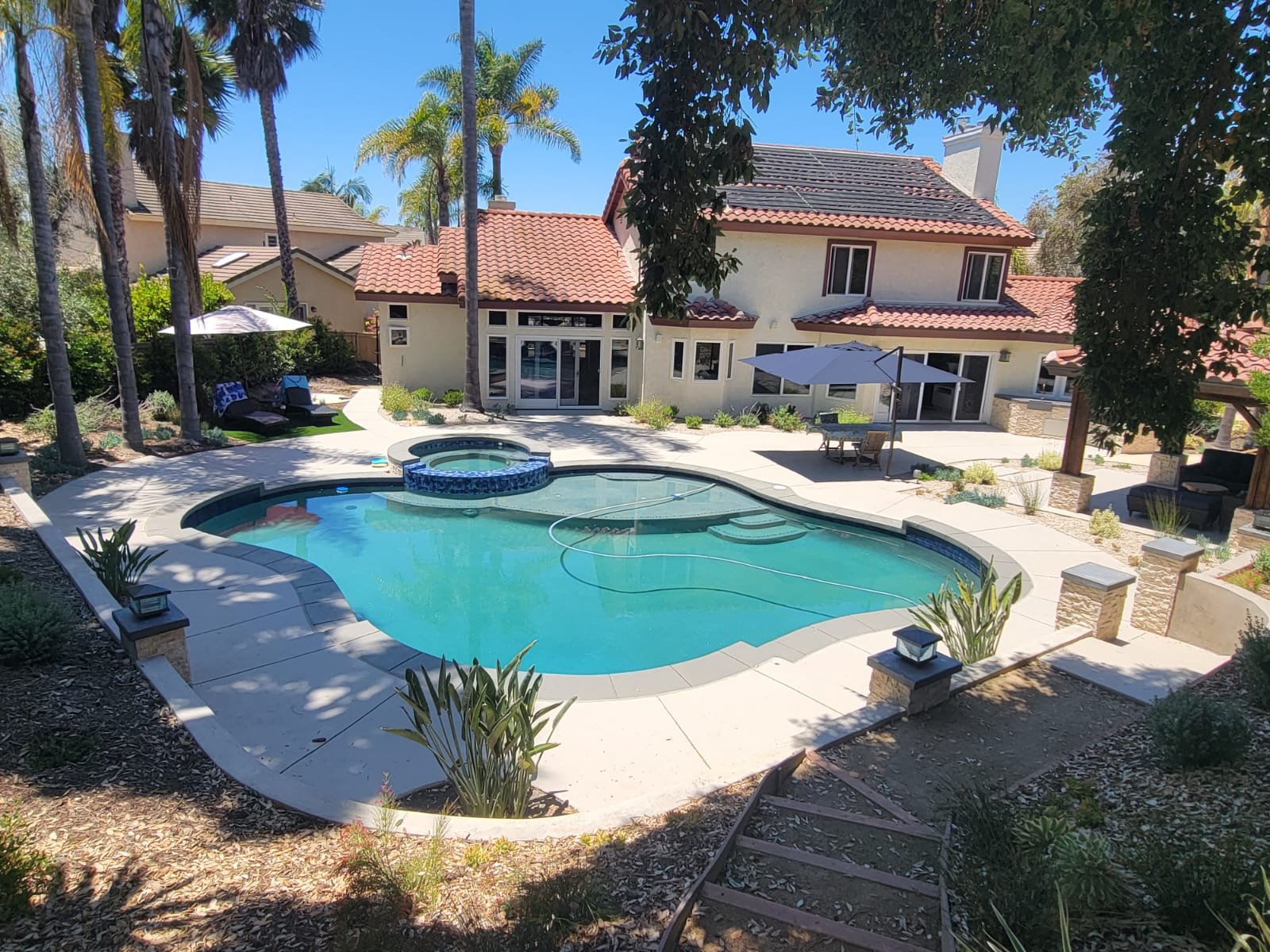
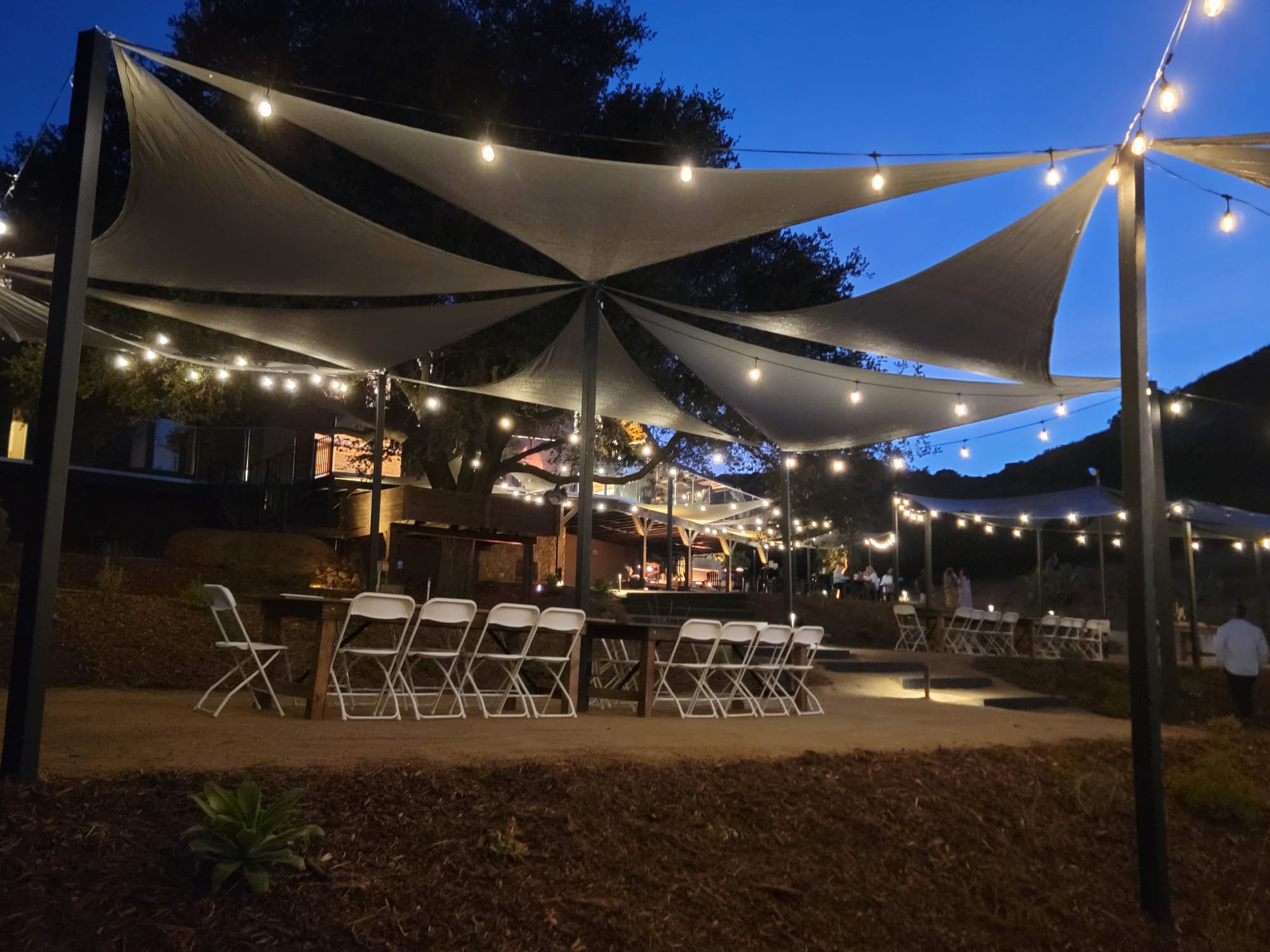
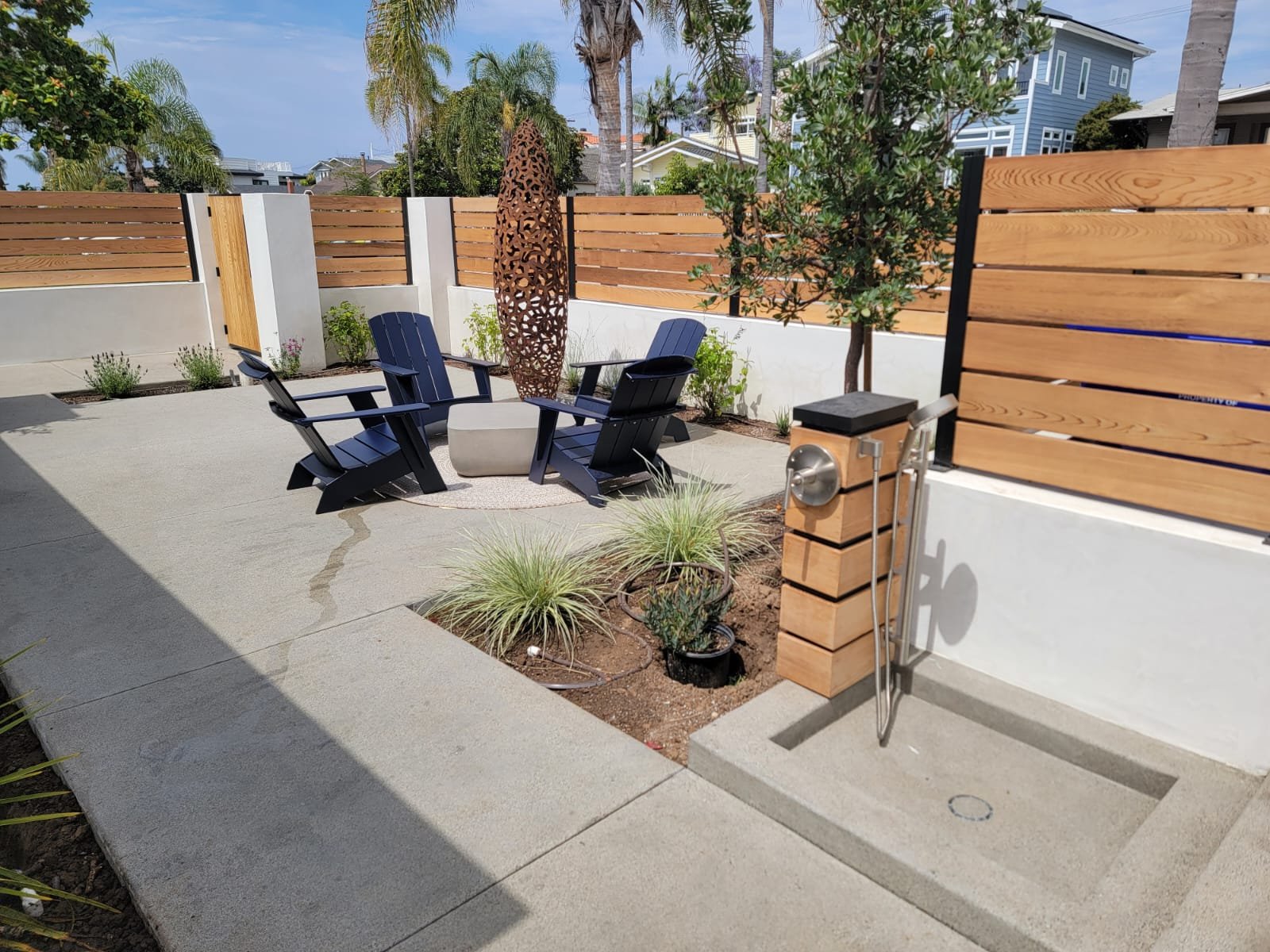
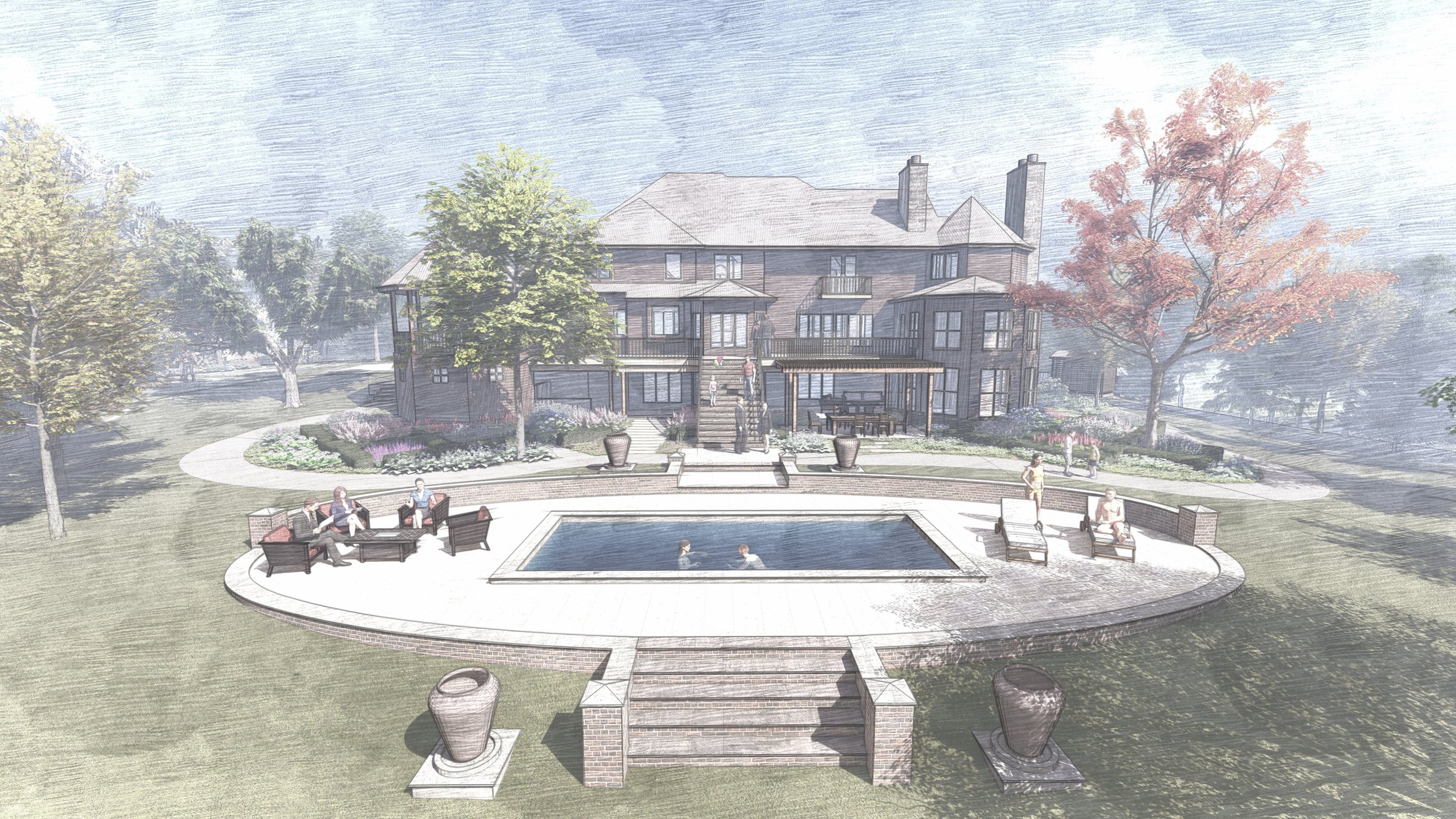

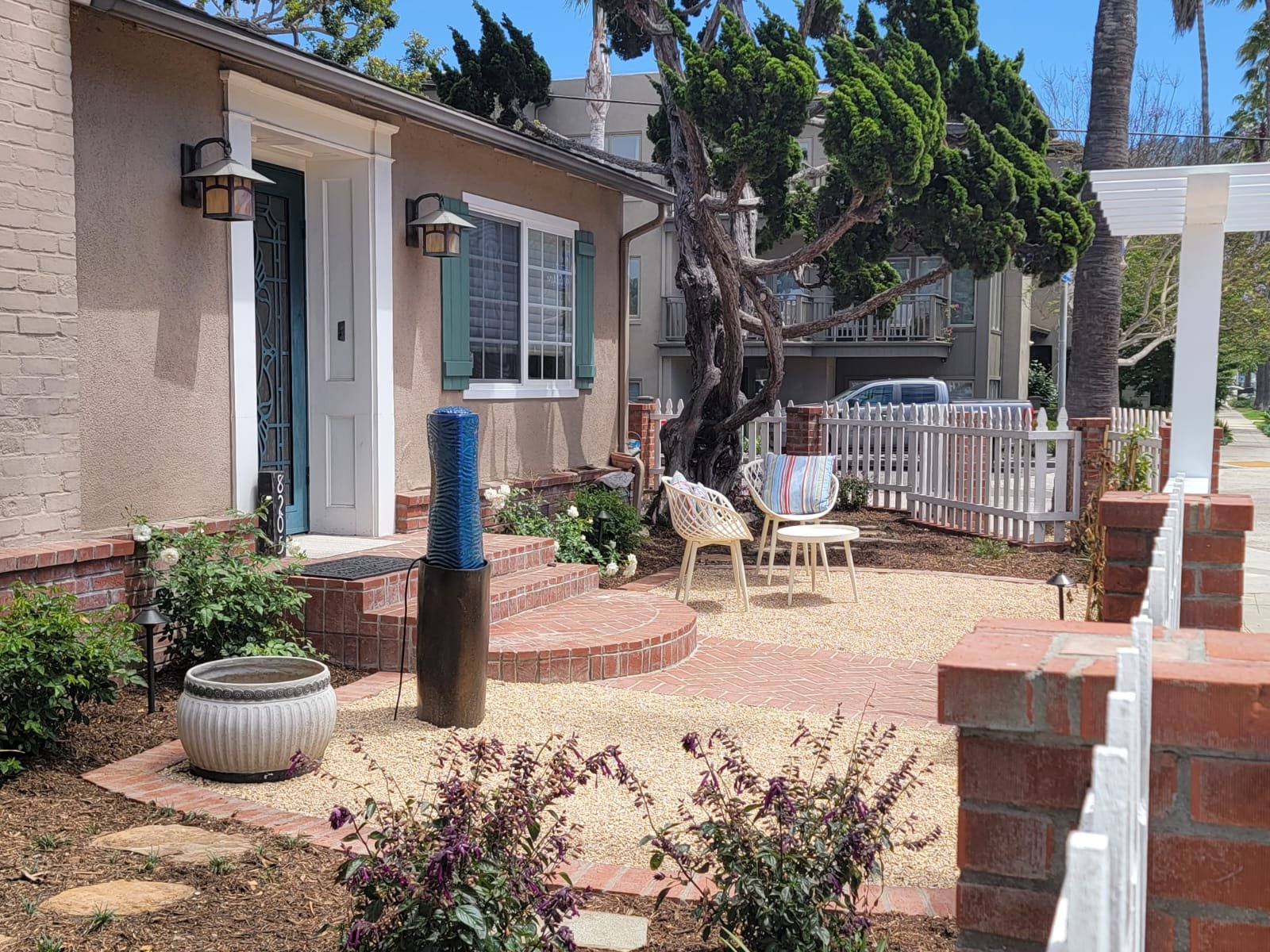
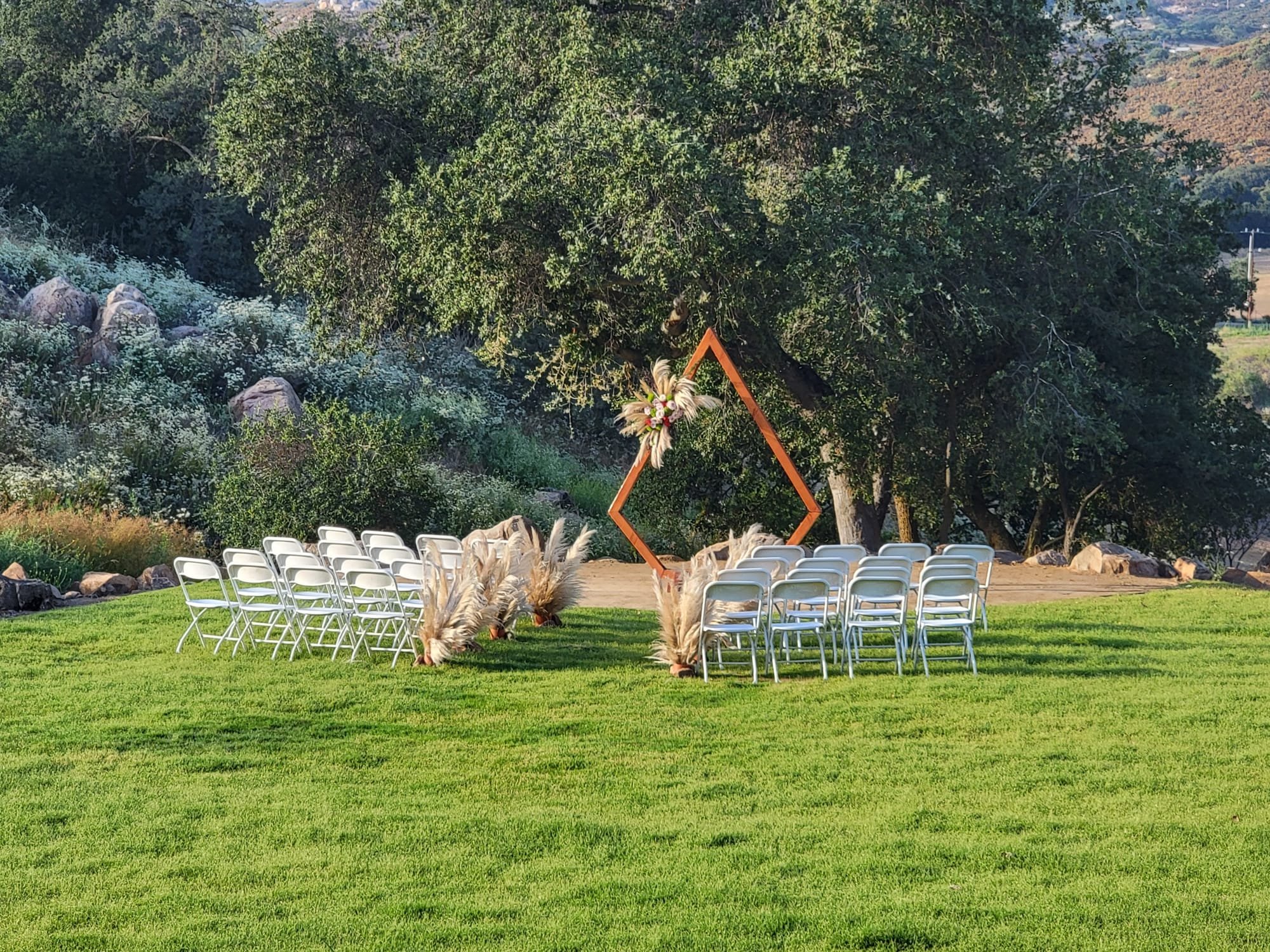
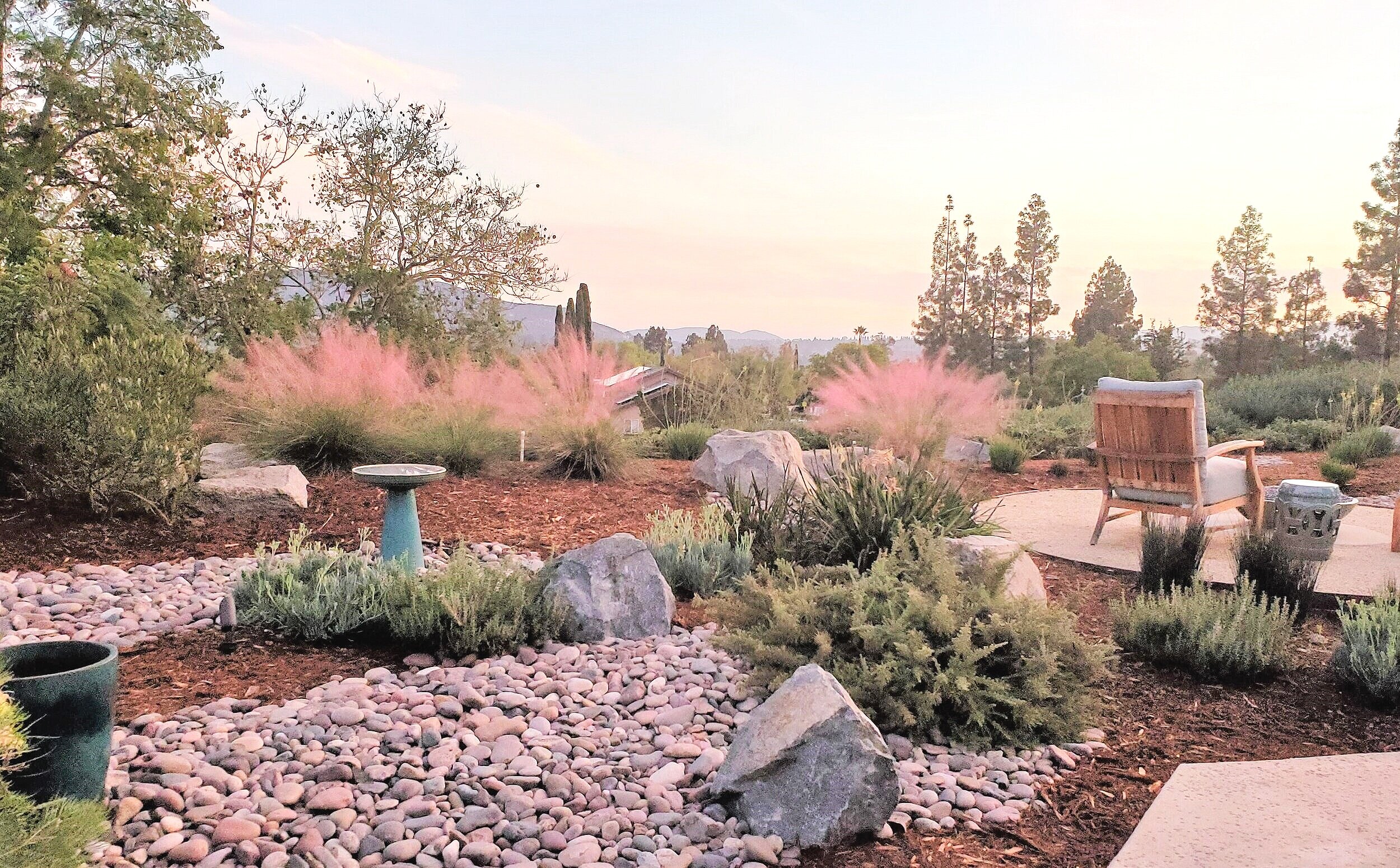




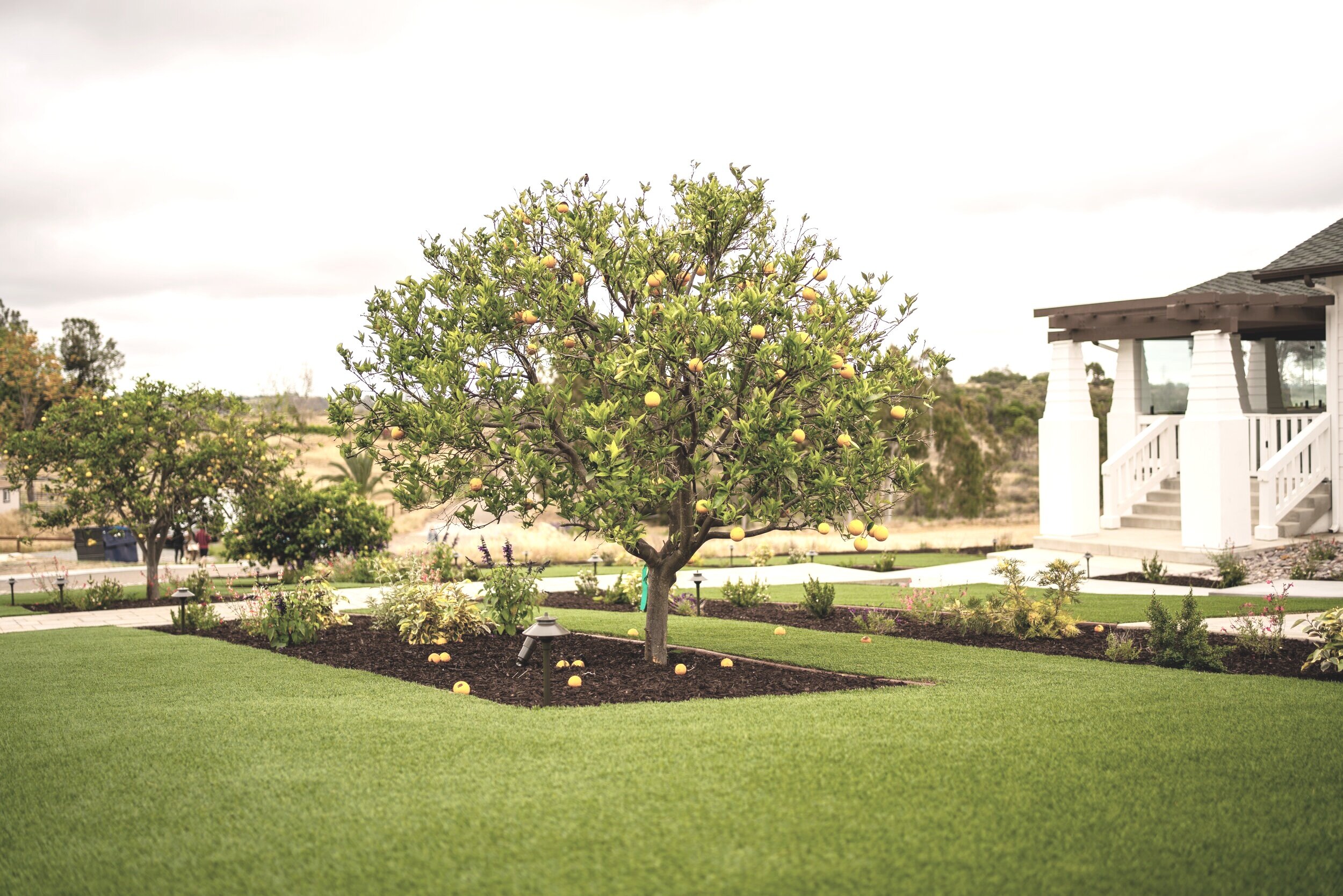




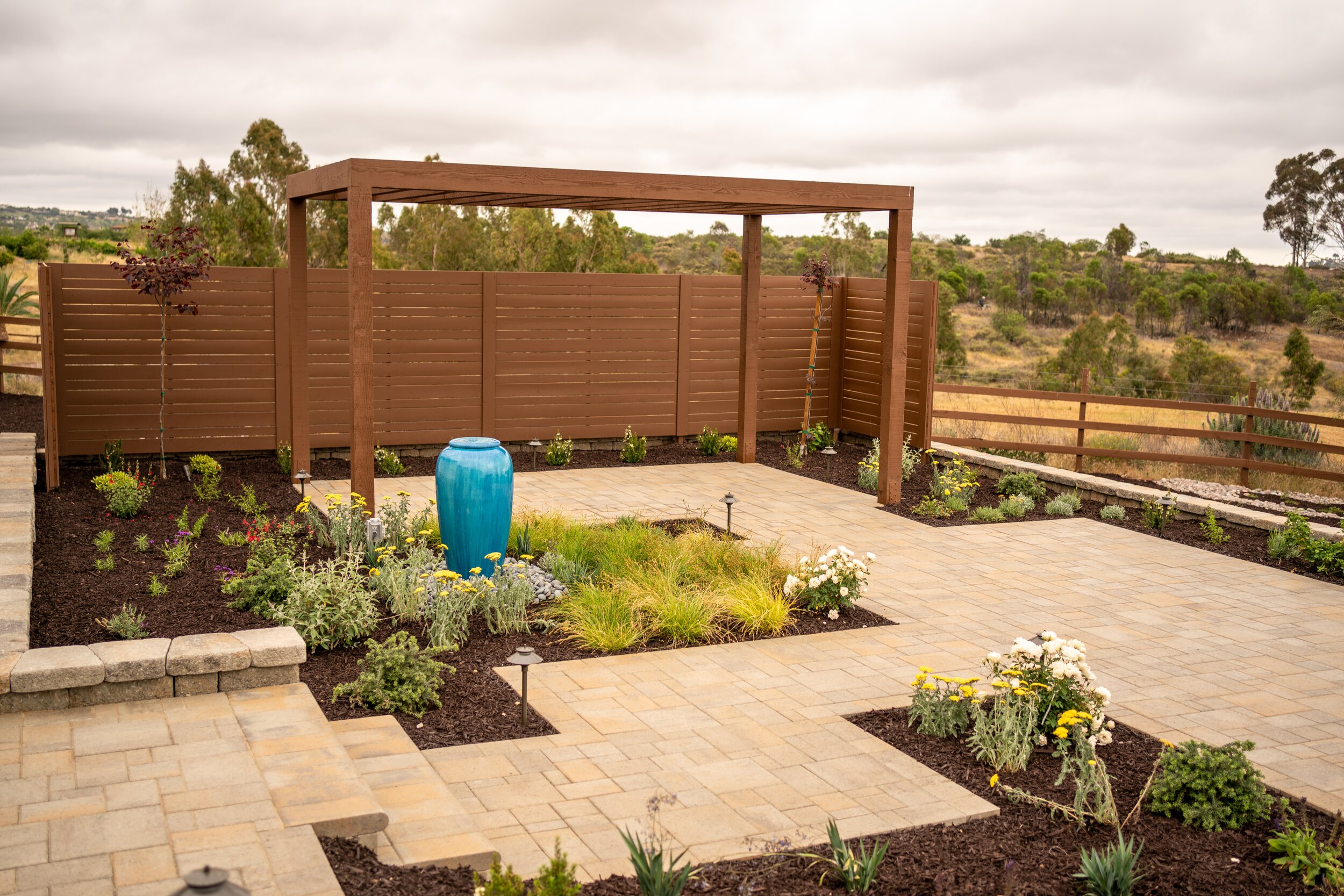



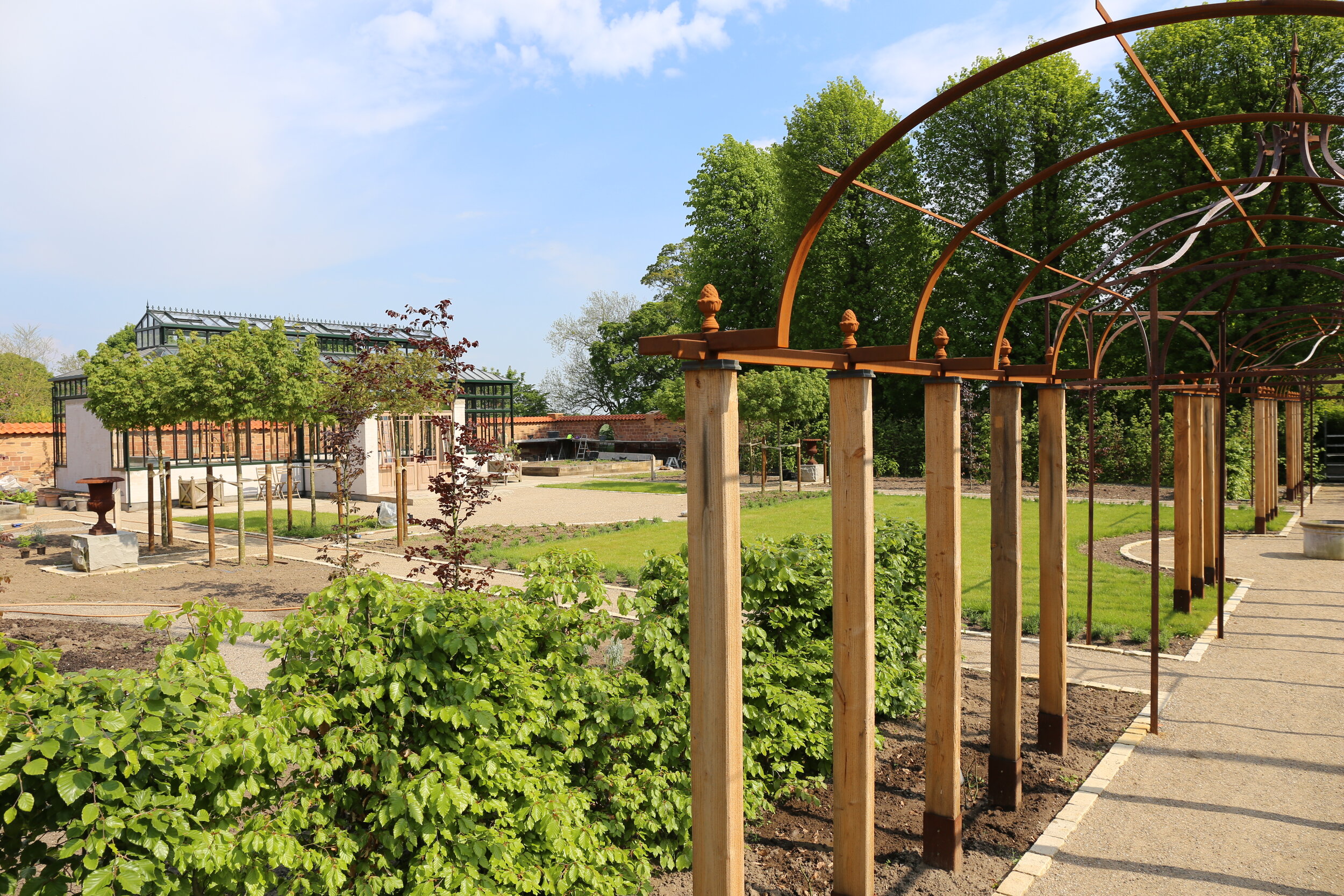
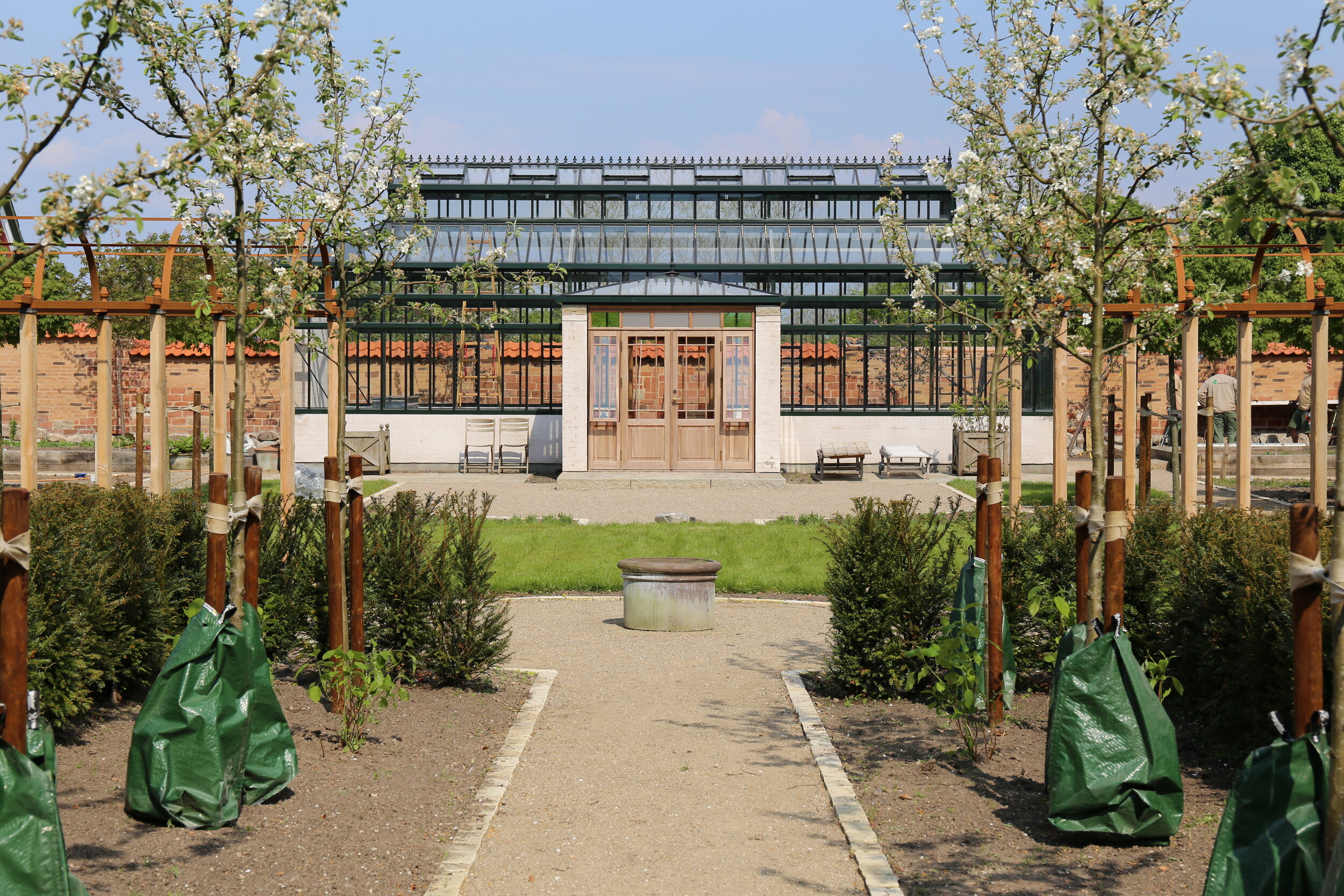
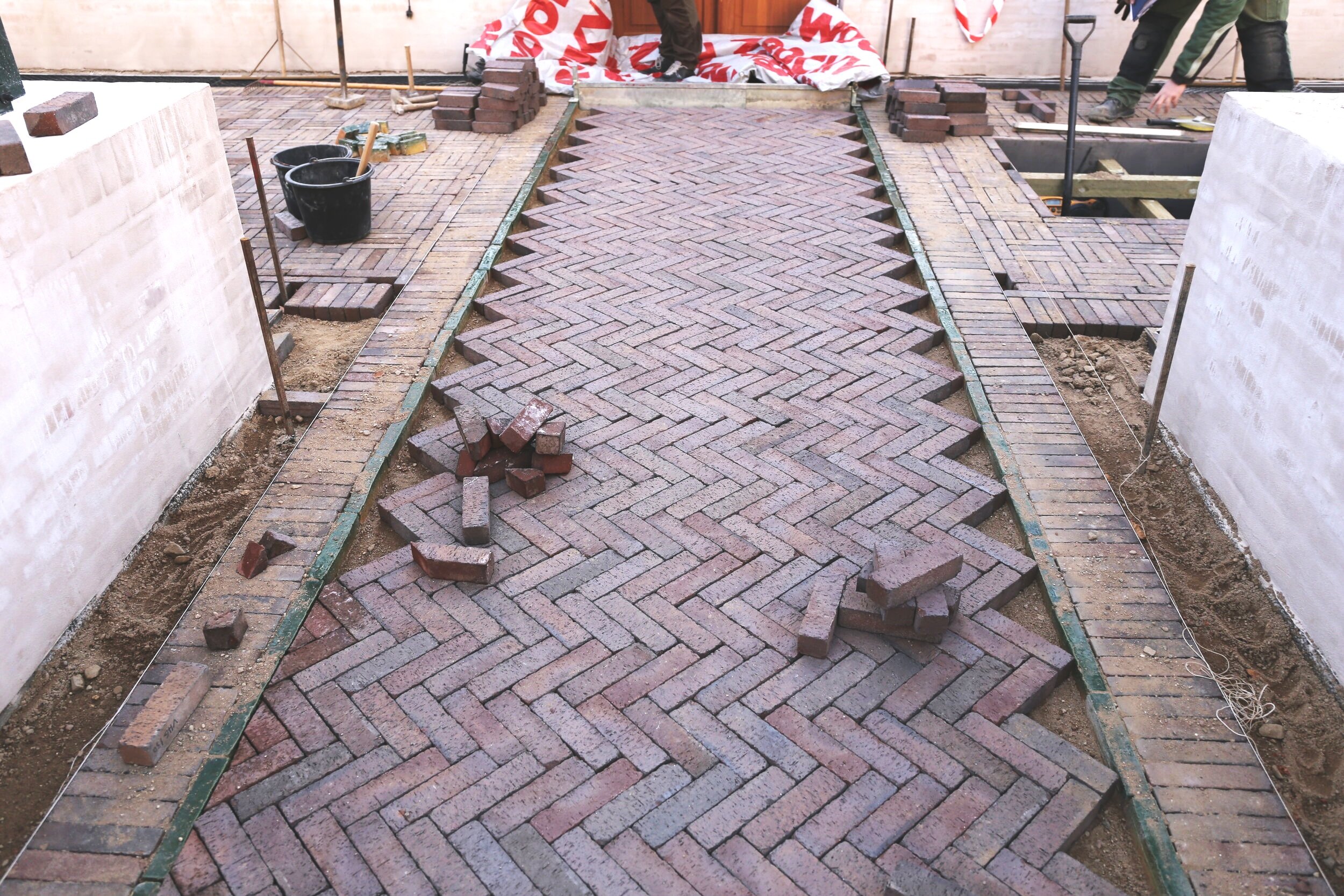

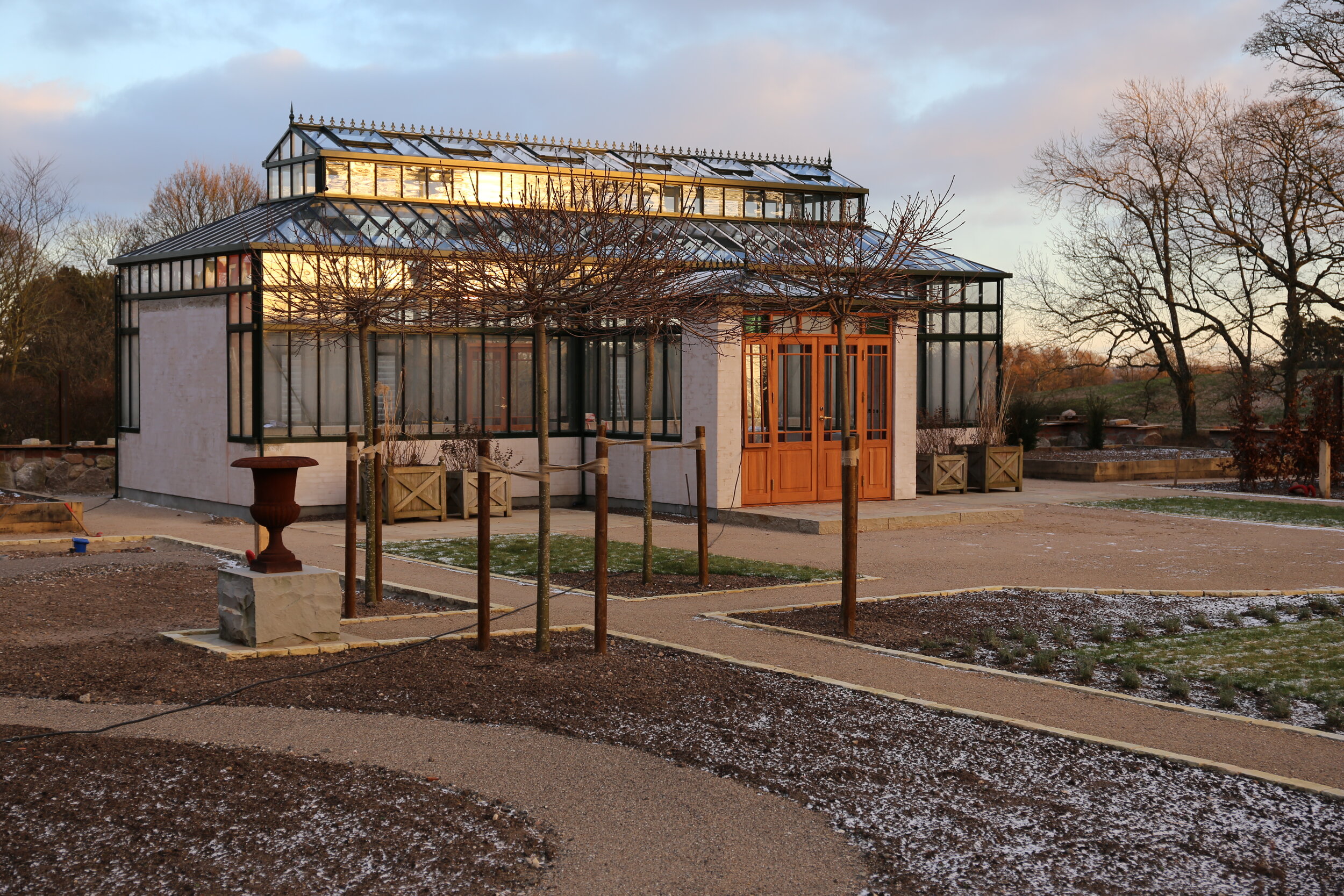
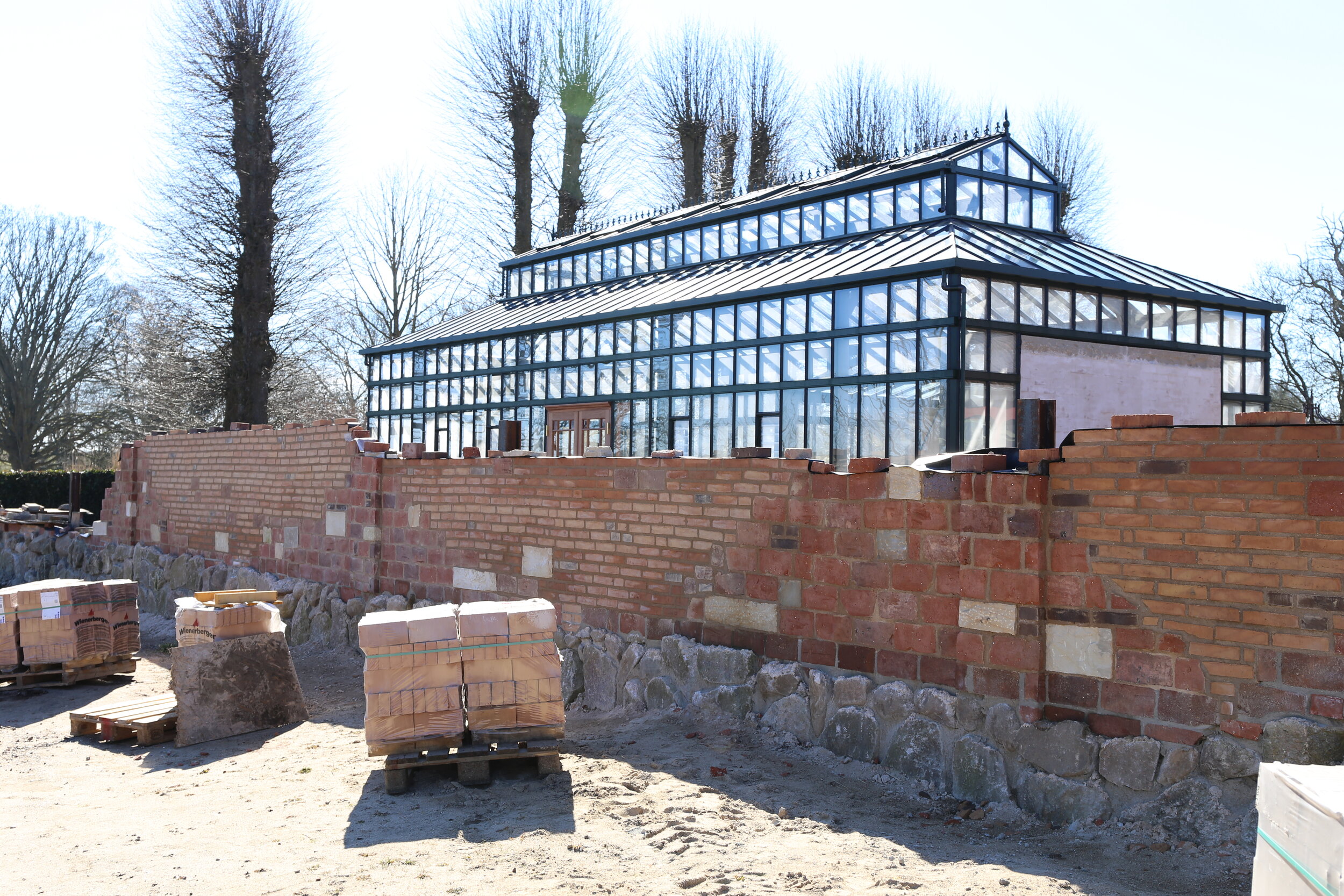
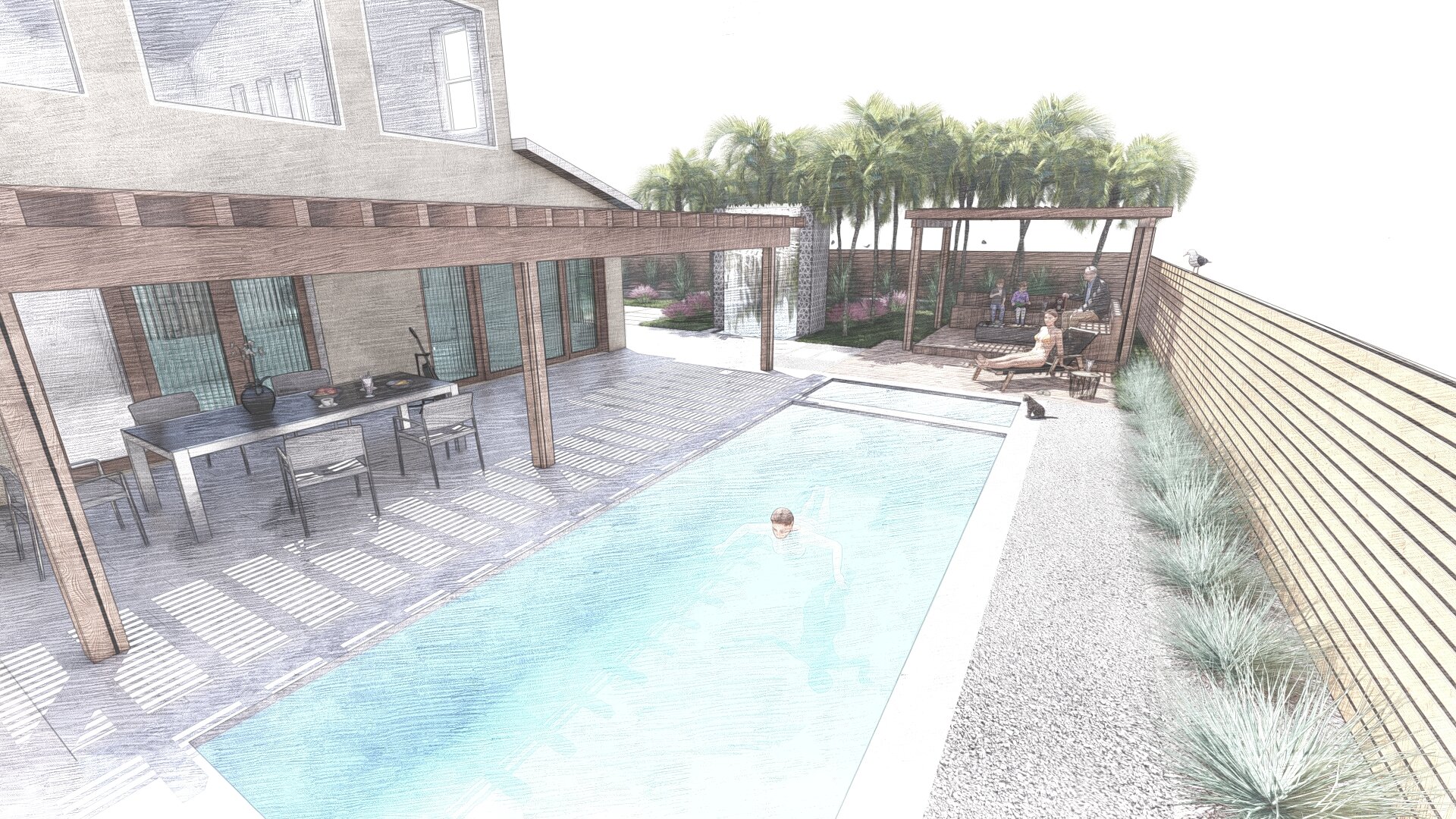
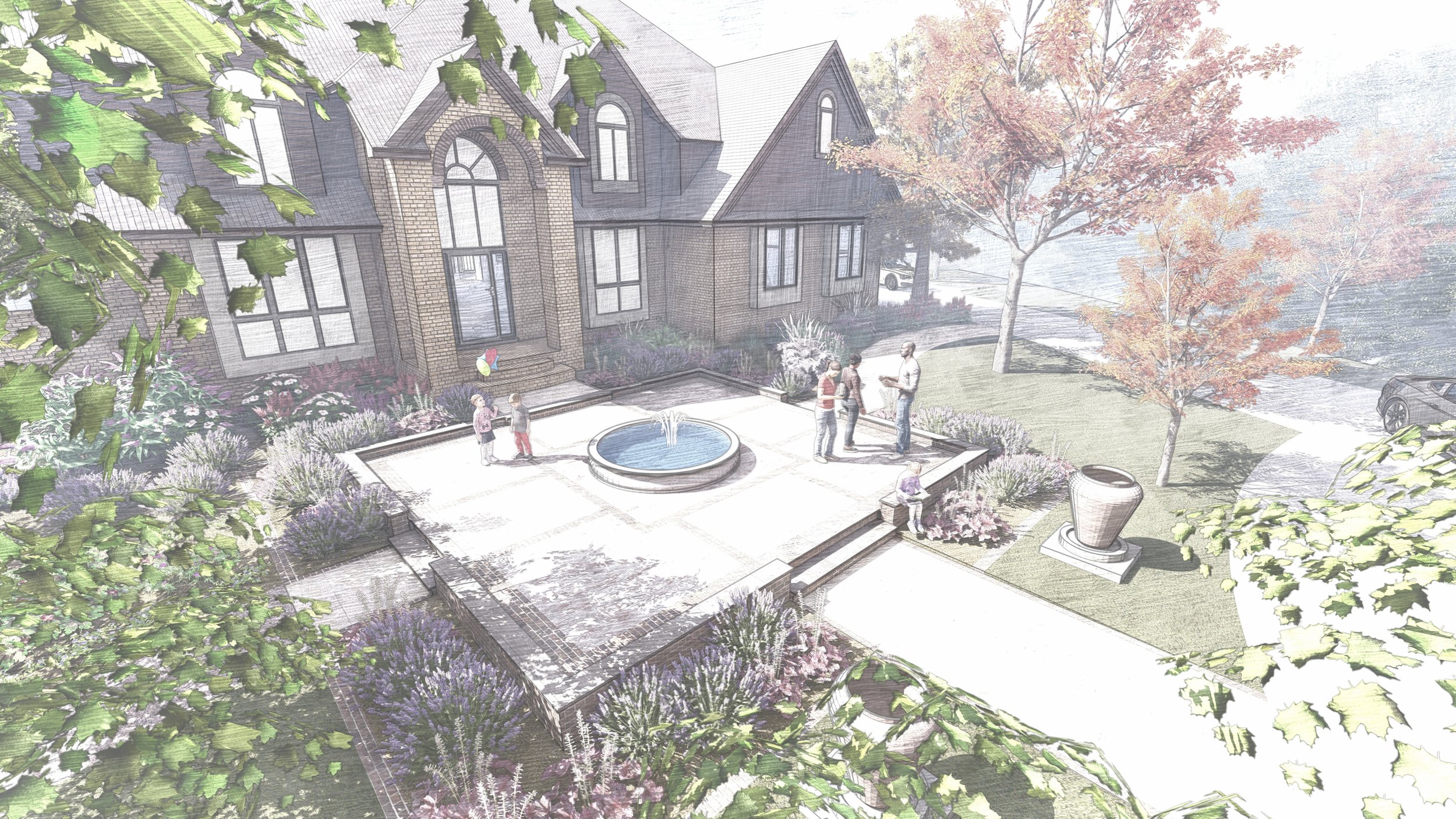

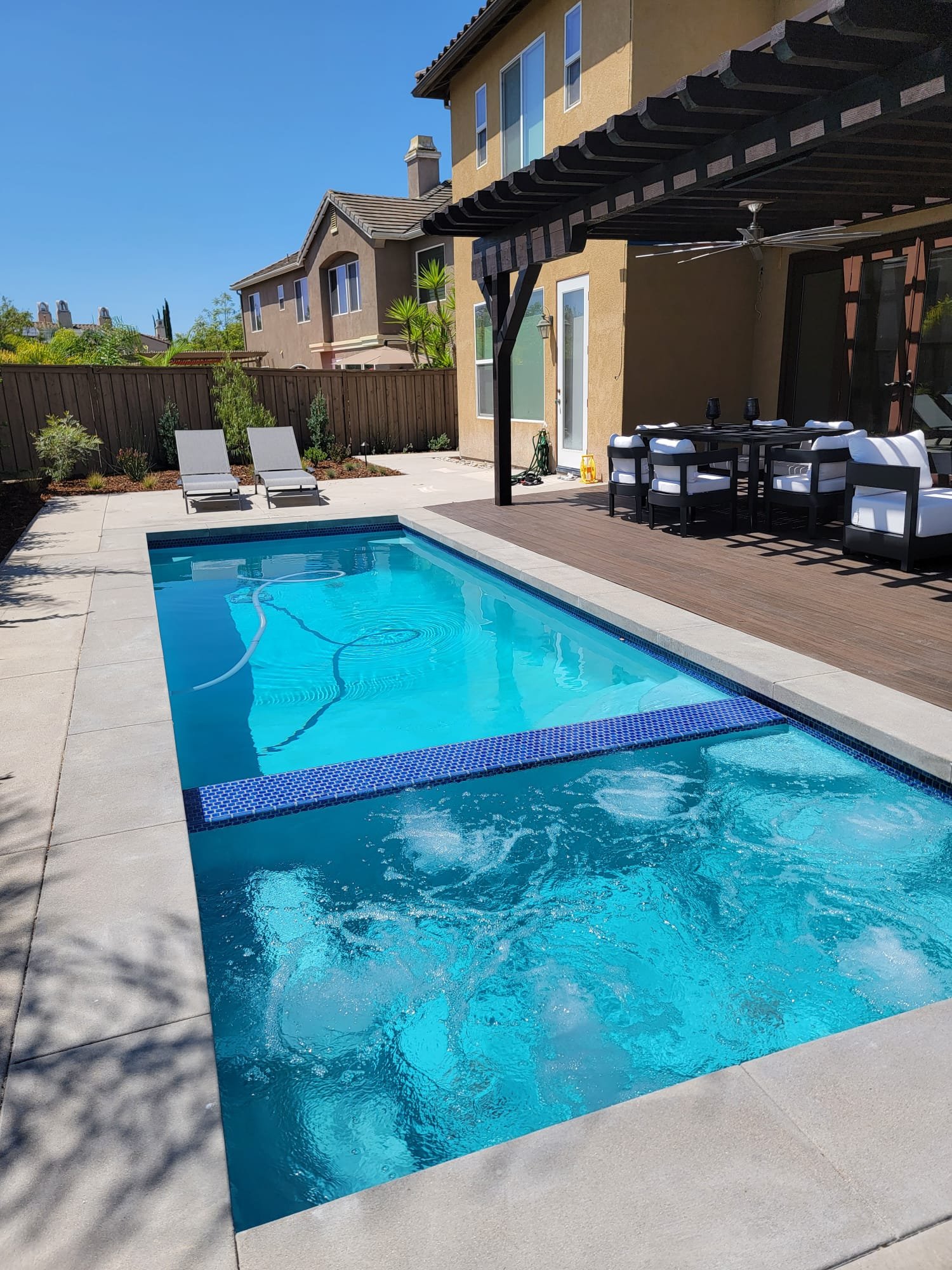
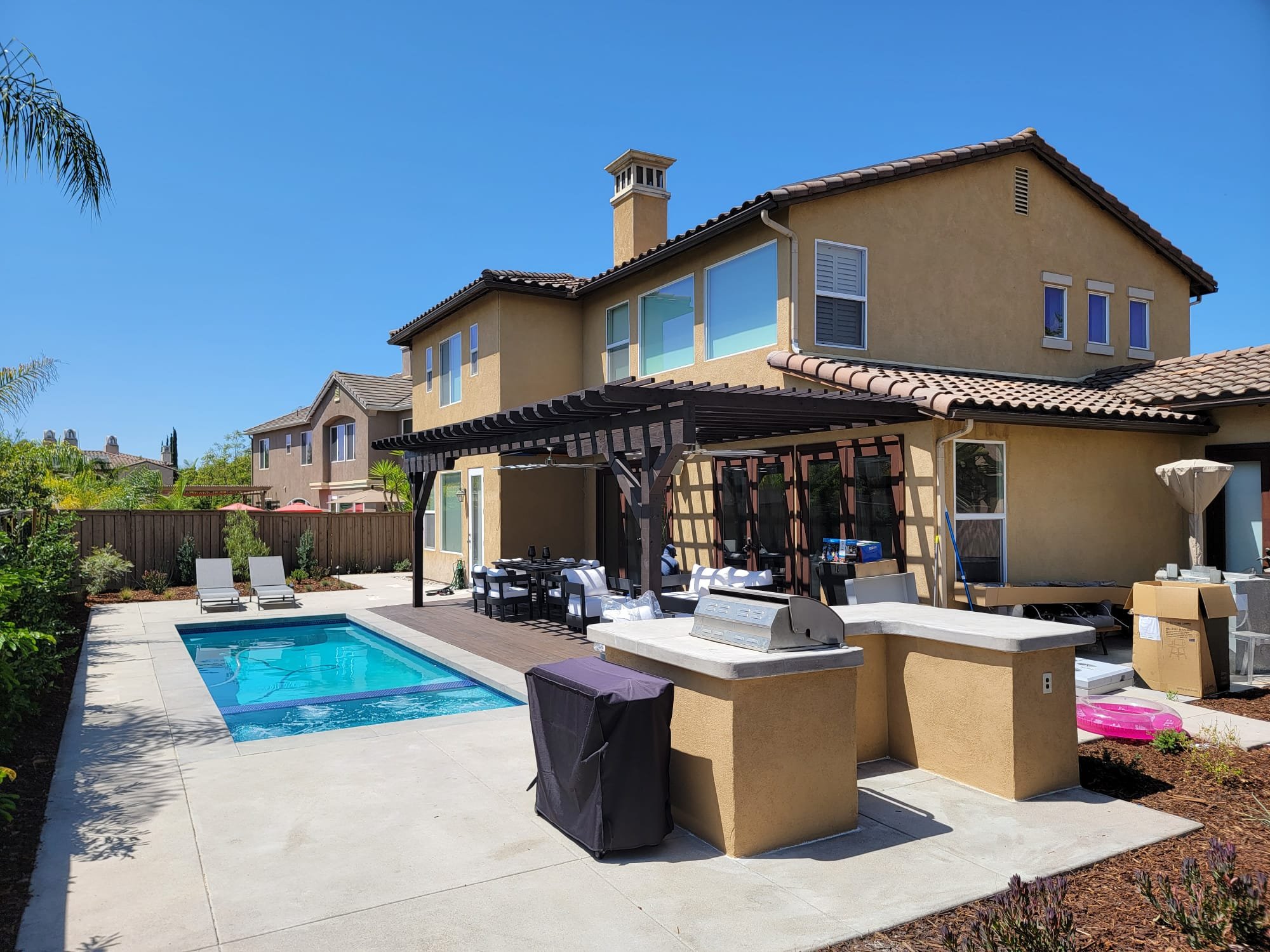
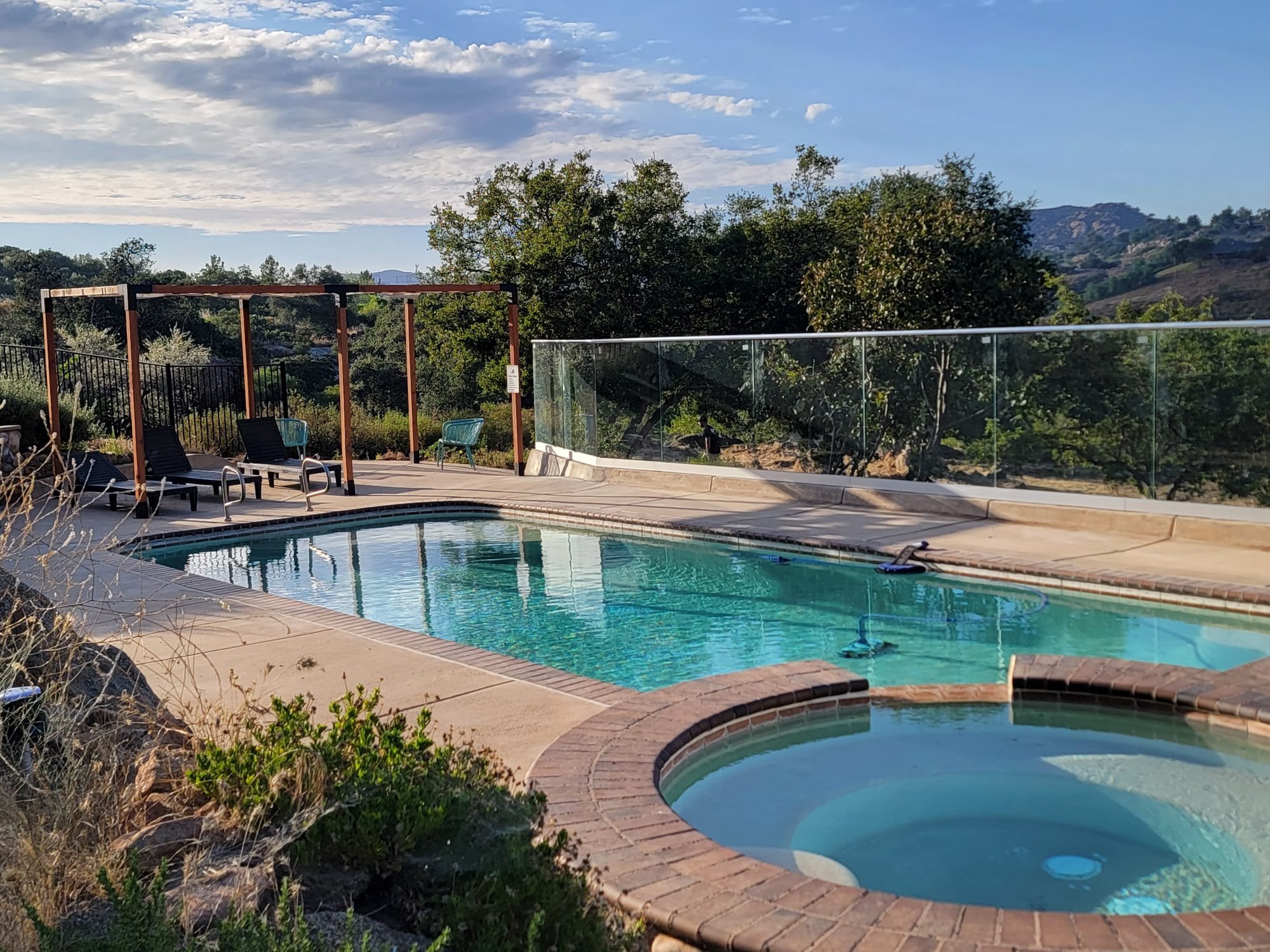

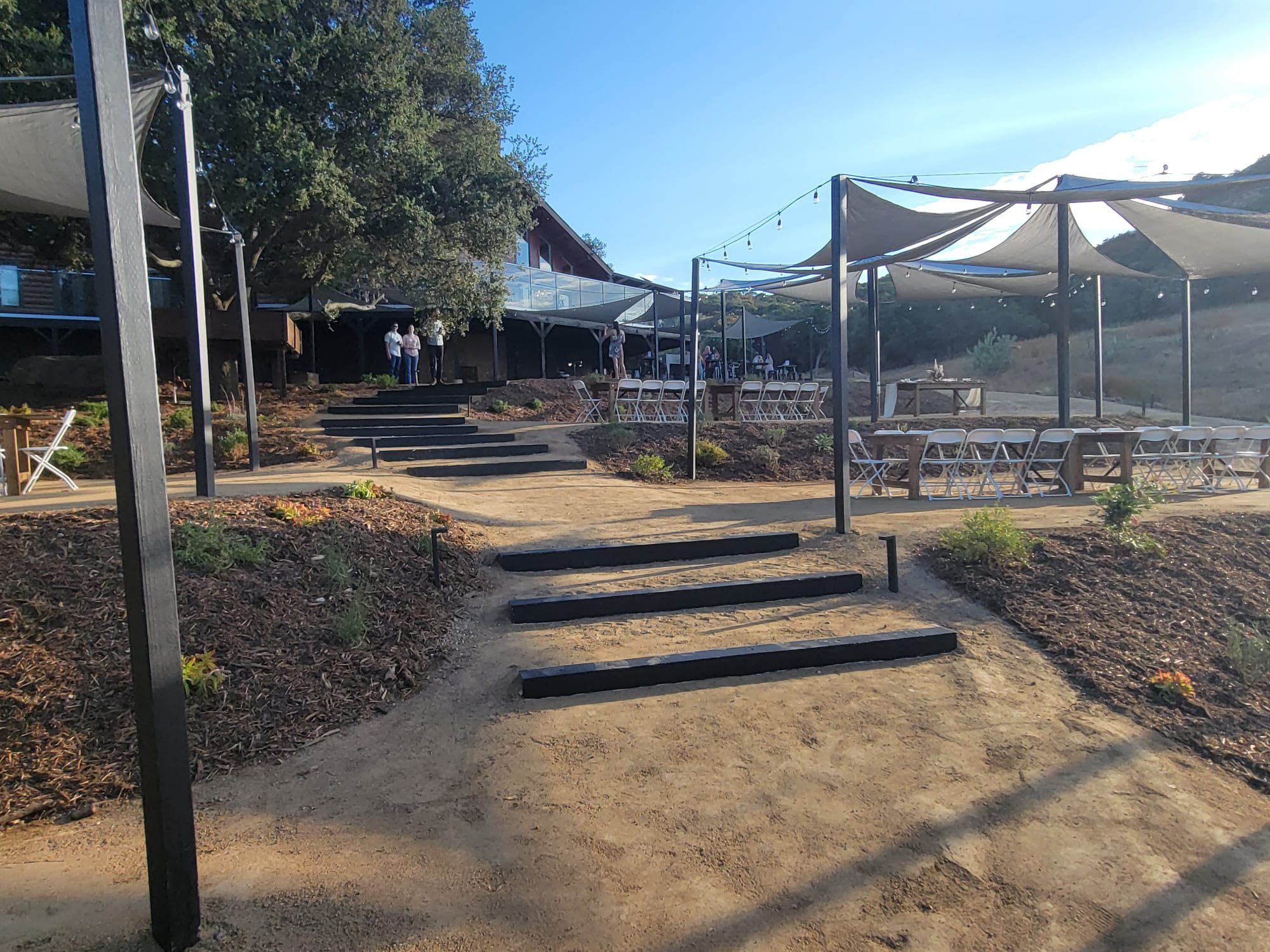
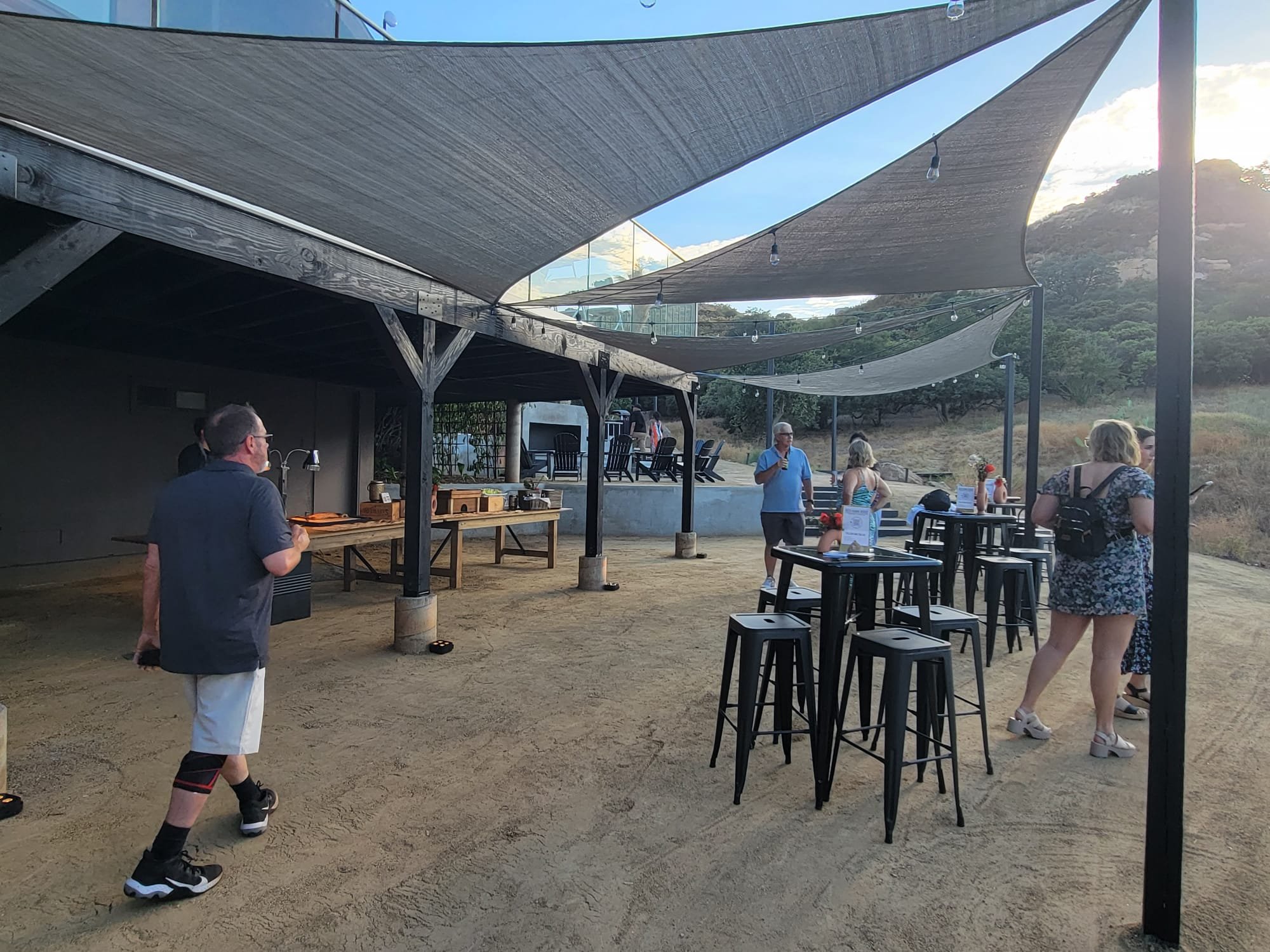
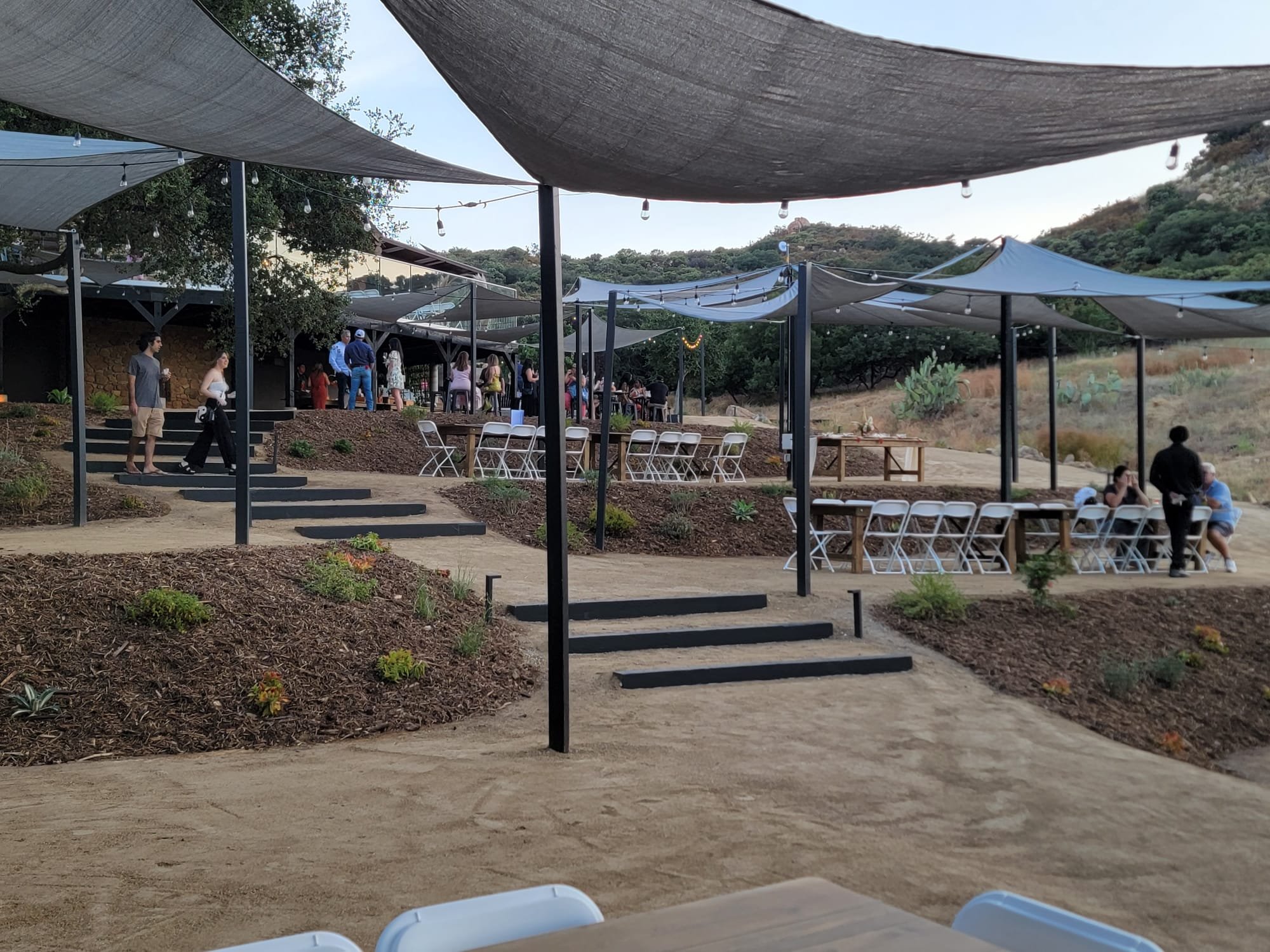


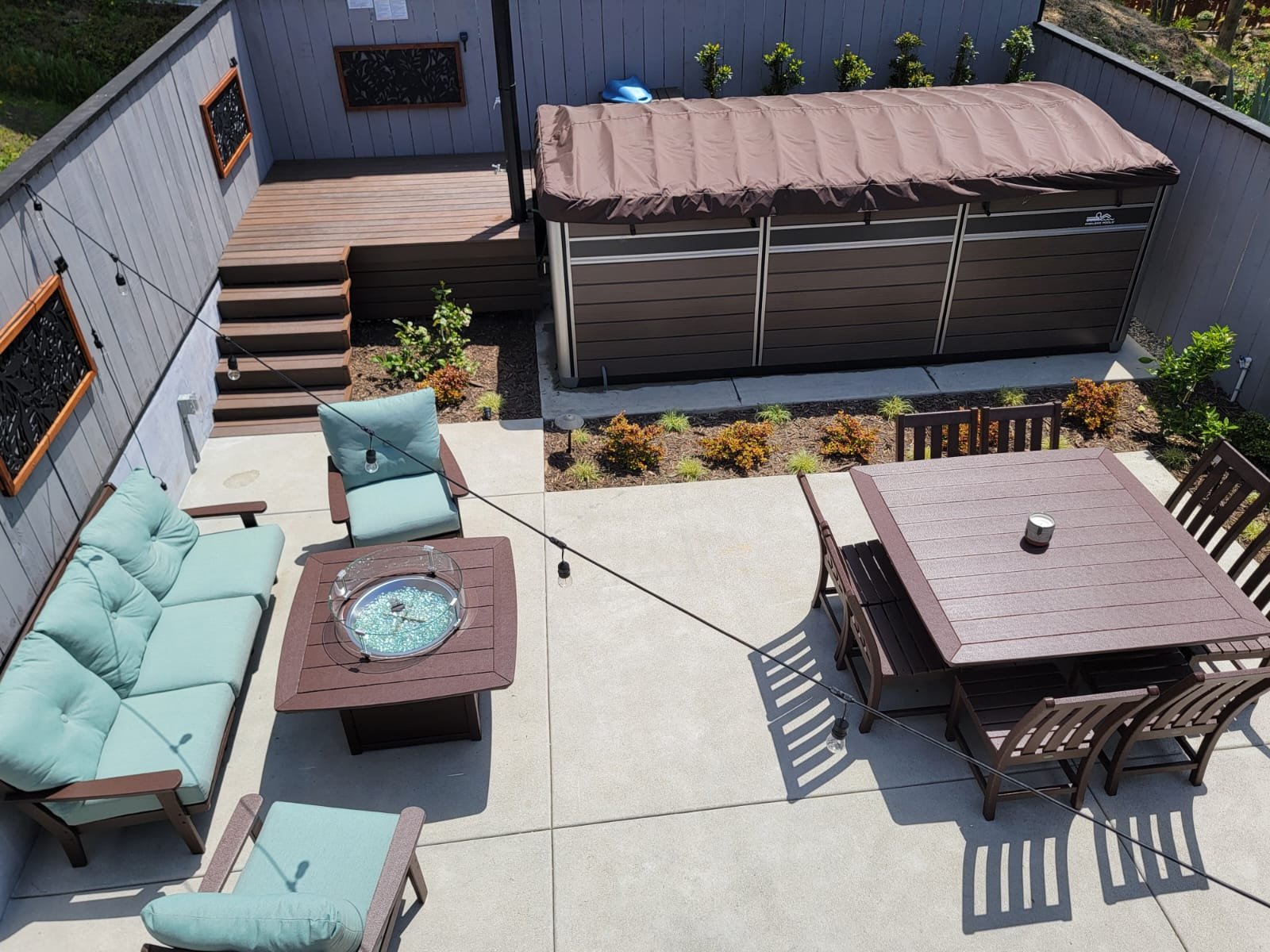
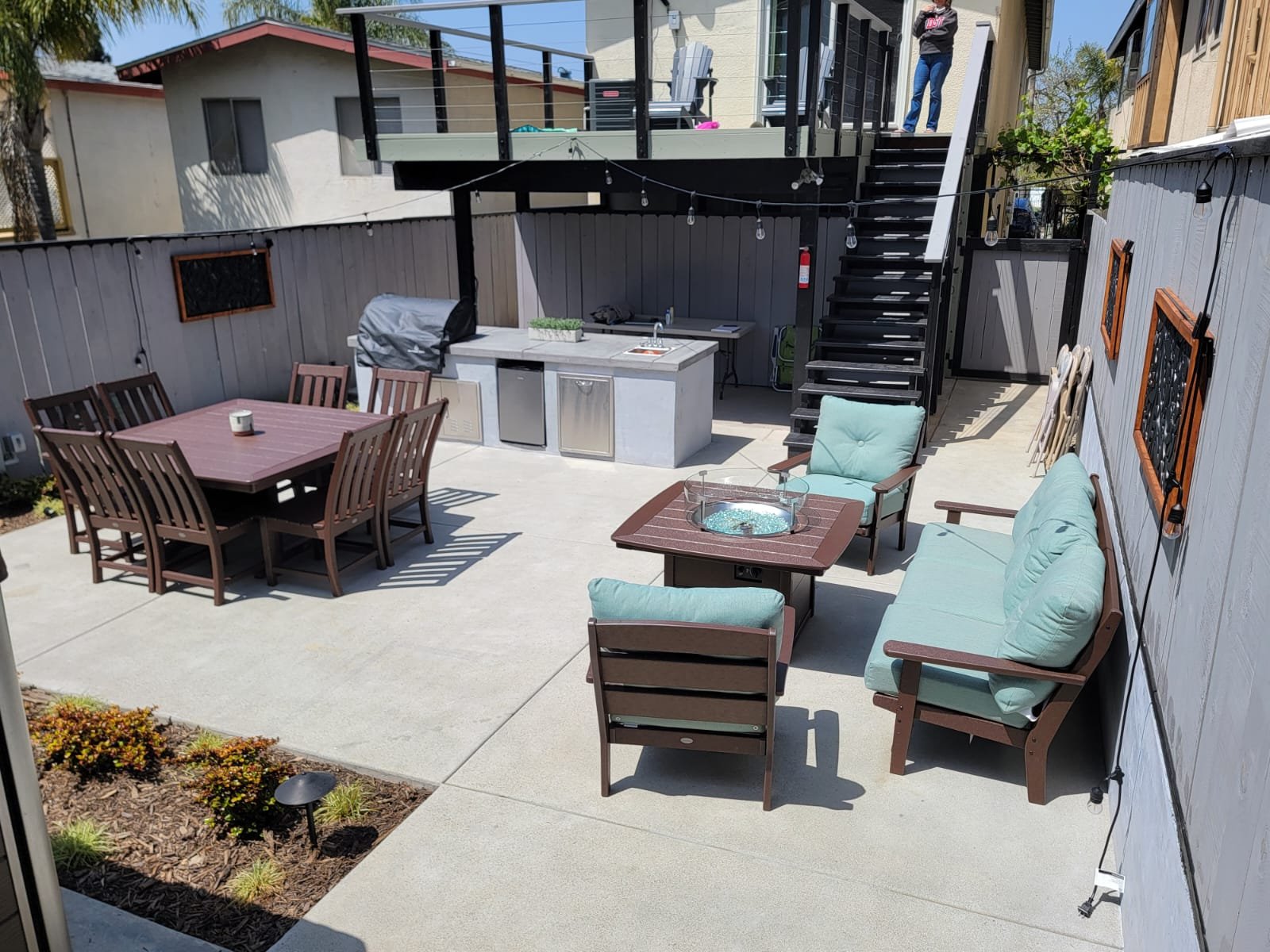
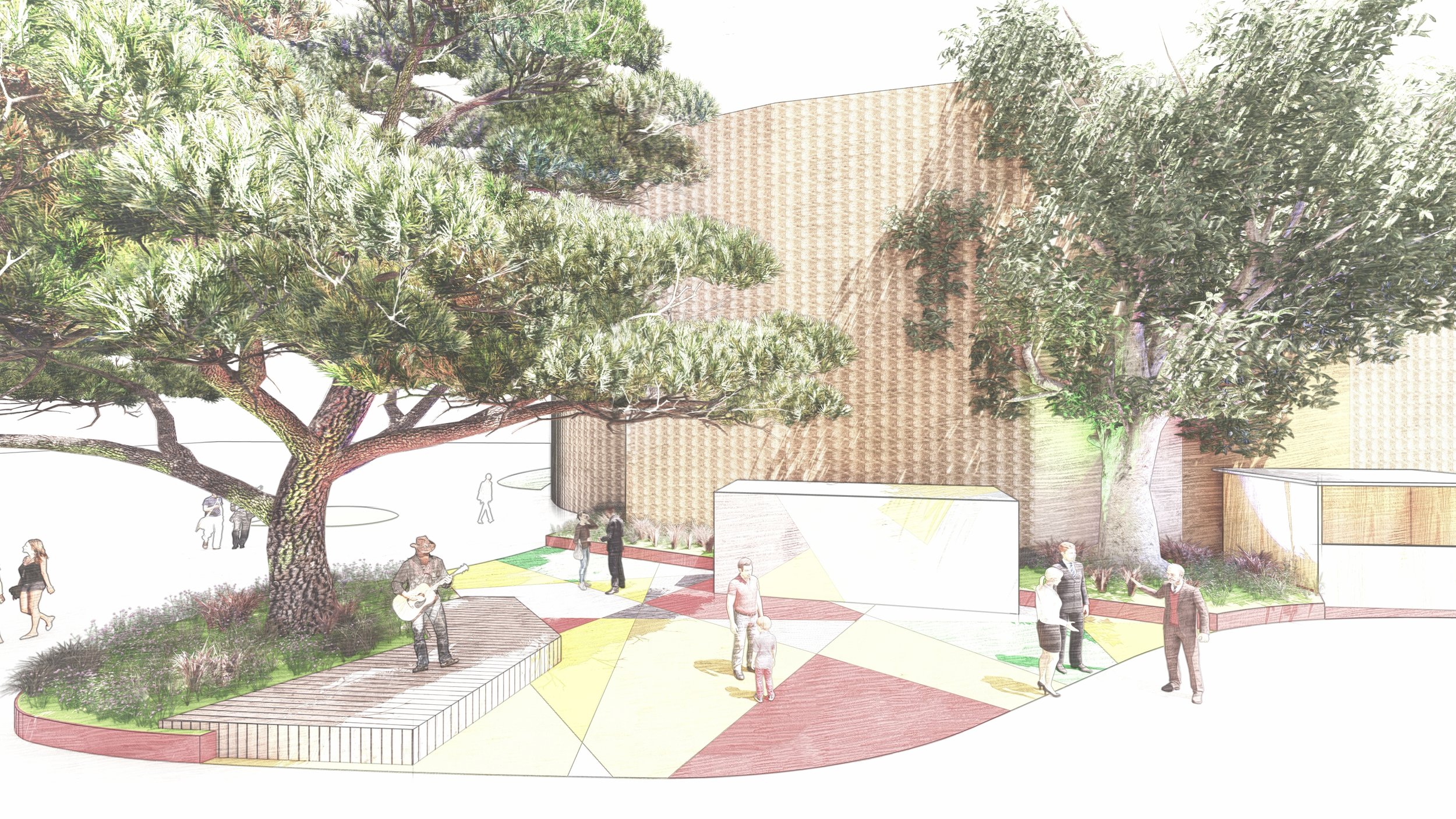

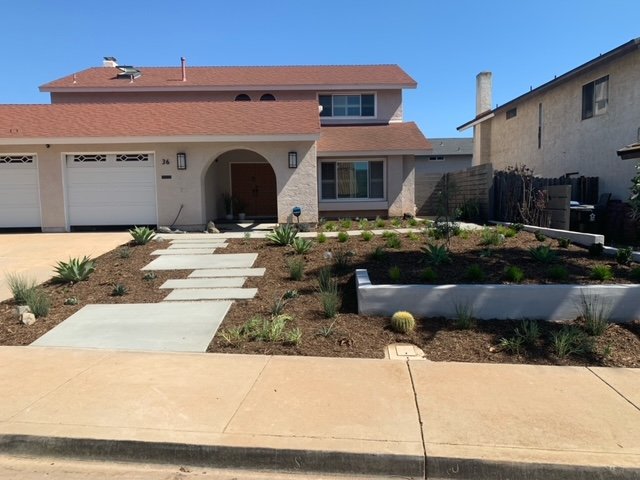
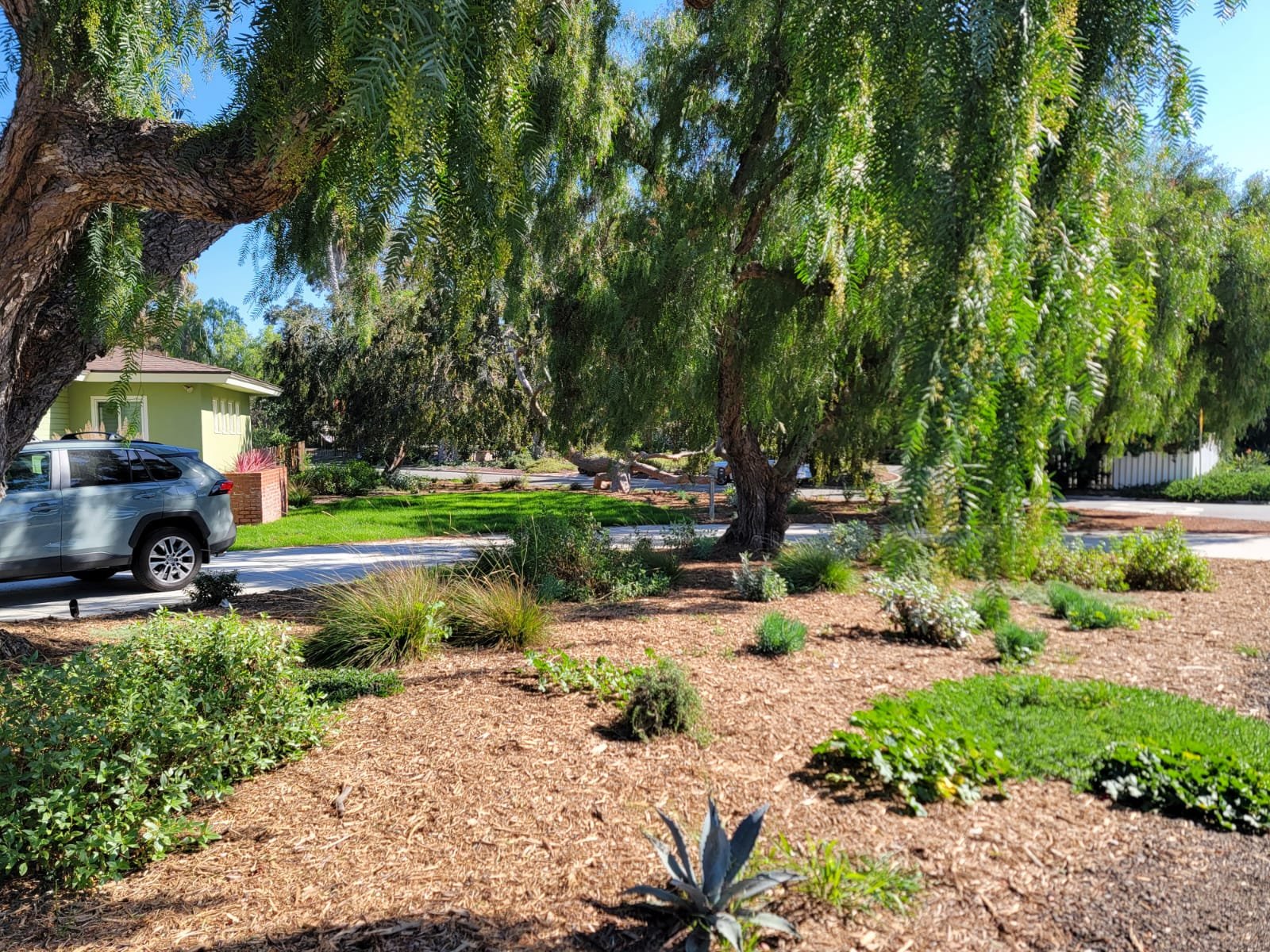

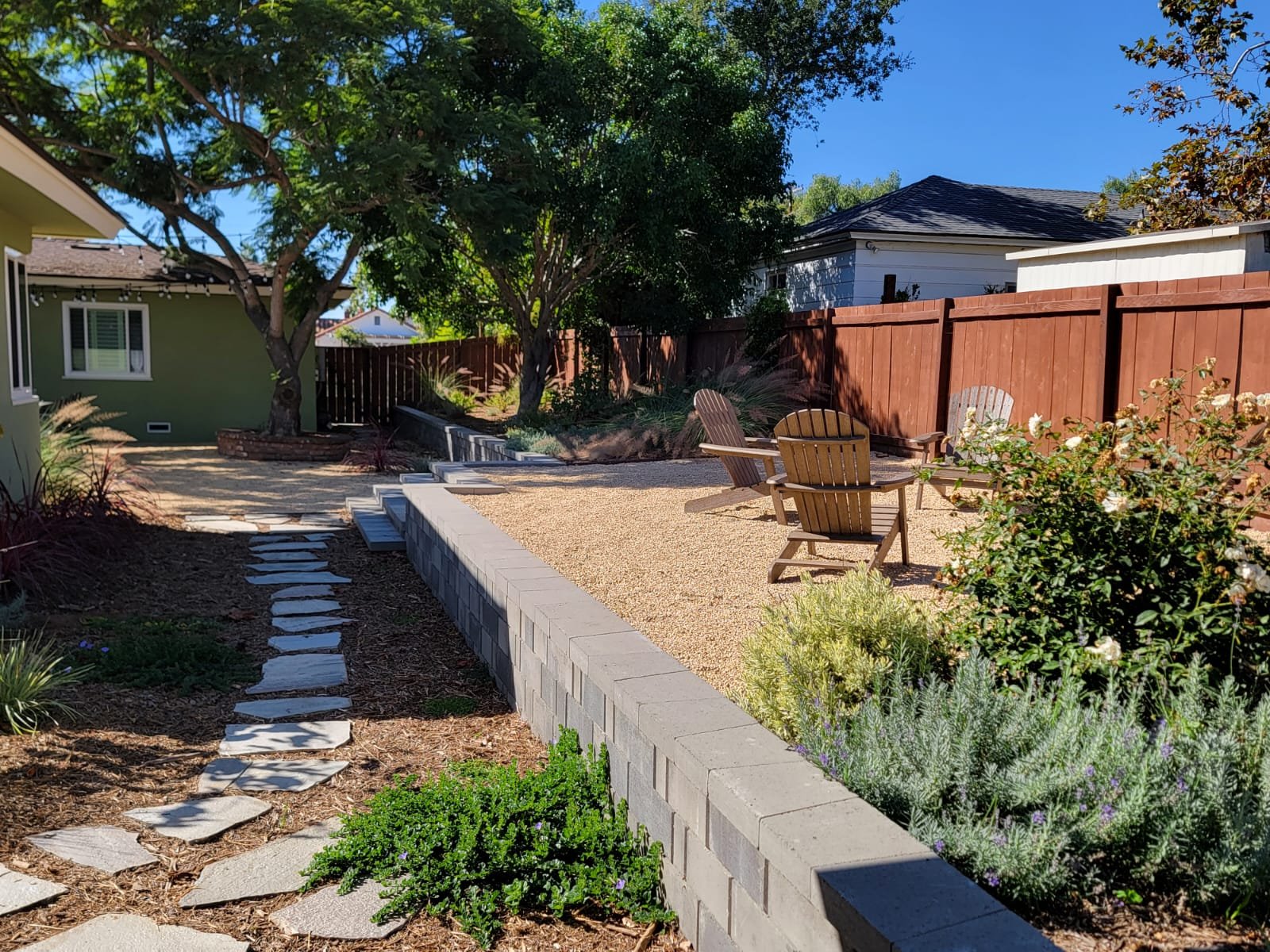


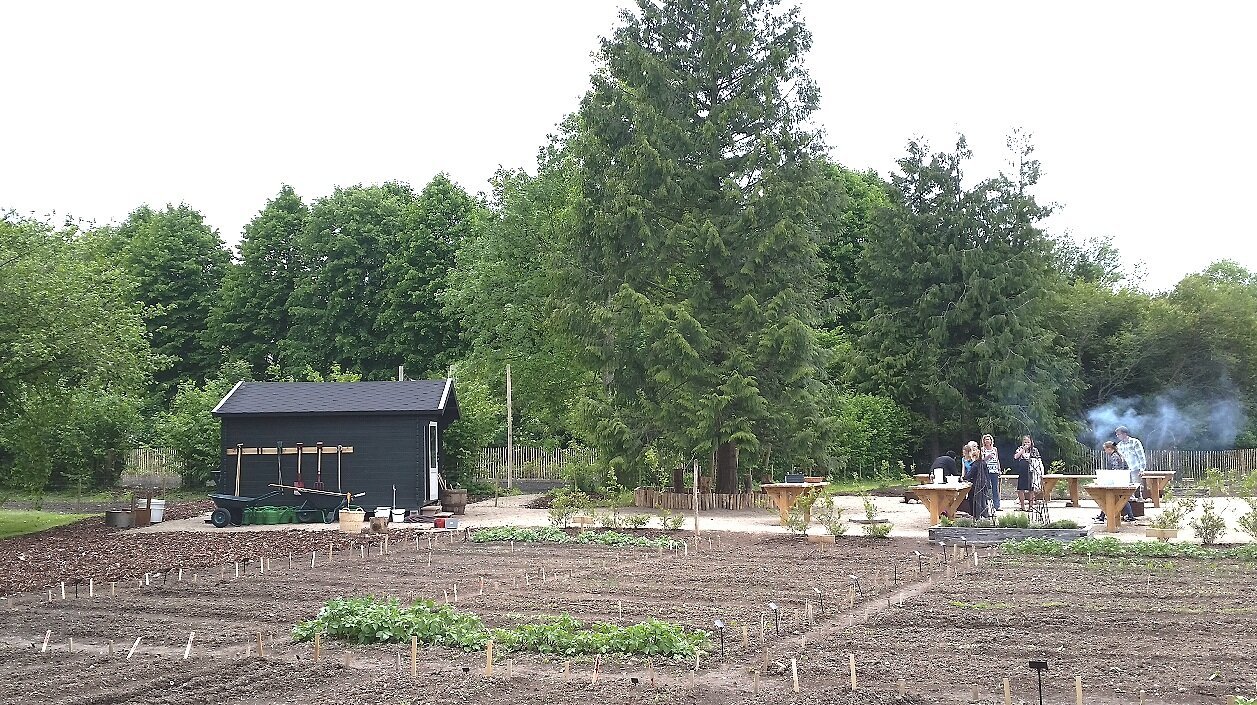
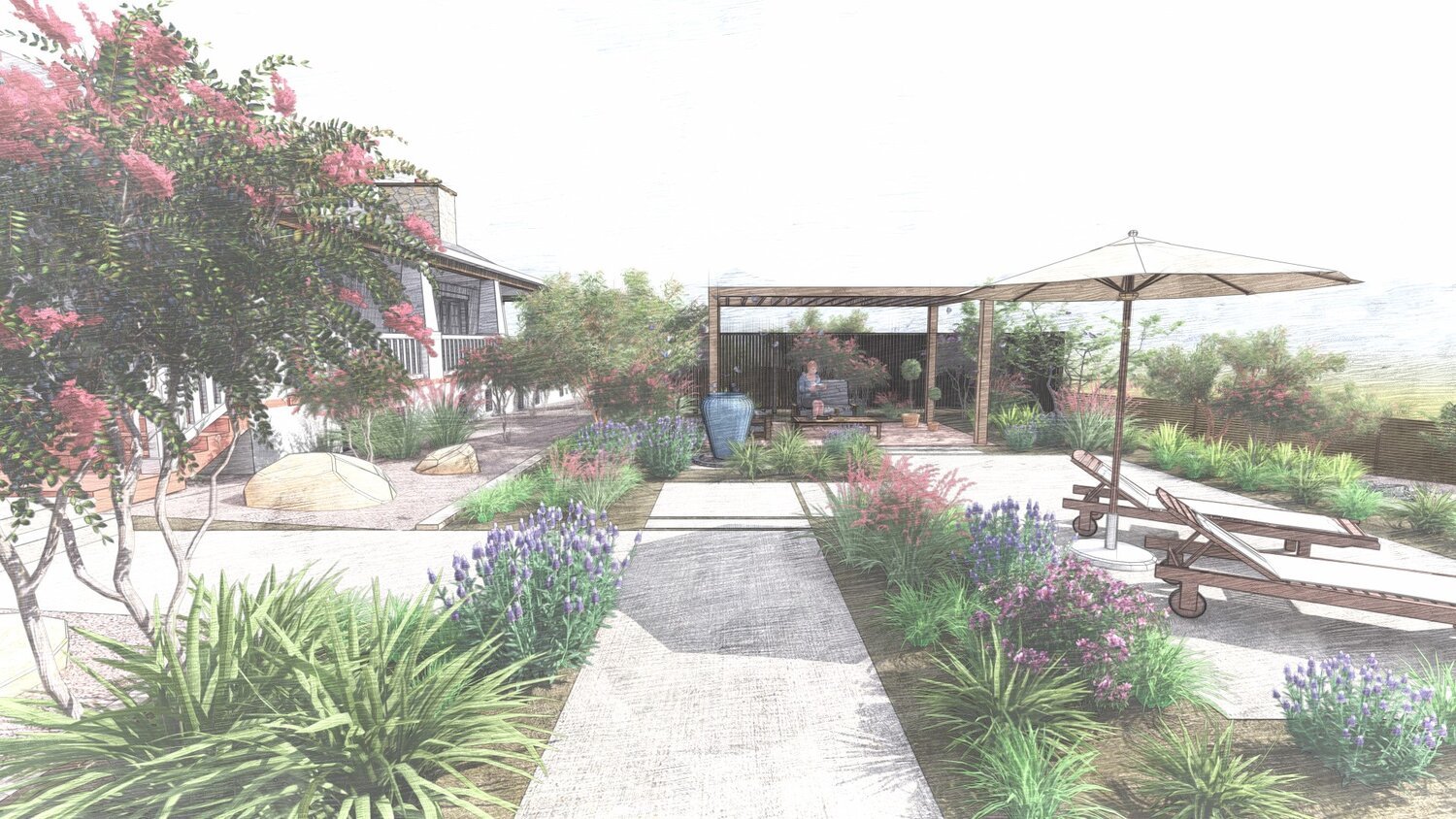


Landscape Design principles in Staten Island, New York:
Staten Island, one of the five boroughs of New York City, has a unique landscape characterized by diverse ecosystems, including forests, wetlands, and coastal areas. Here are some landscape design principles that are important in Staten Island:
Ecological Sensitivity: Staten Island's natural resources are a vital part of the island's character and identity. Therefore, landscape design in Staten Island should be ecologically sensitive and seek to protect and enhance the island's natural resources. Designers should use native plants and incorporate green infrastructure, such as rain gardens and bioswales, to manage stormwater runoff and improve water quality.
Resilience: Staten Island is vulnerable to extreme weather events, such as hurricanes and floods. Therefore, landscape design should incorporate principles of resilience to protect against these events. This might include incorporating features such as green roofs and rain gardens to manage stormwater runoff, or designing coastal landscapes to protect against storm surge.
Community Engagement: Community engagement is an important part of landscape design in Staten Island. Designers should seek to engage with residents and stakeholders throughout the design process to ensure that their needs and preferences are taken into account. This might include holding community meetings or workshops to gather input on design ideas.
Multifunctionality: Staten Island's landscape serves a variety of functions, including recreation, transportation, and habitat. Landscape design should seek to create spaces that serve multiple functions and provide benefits to both humans and the environment. For example, a park might include areas for passive recreation, as well as green infrastructure features to manage stormwater runoff.
Cultural and Historic Preservation: Staten Island has a rich cultural and historical heritage, and landscape design should seek to preserve and celebrate this heritage. Designers should be mindful of the cultural and historical significance of the landscape and incorporate features that reflect this heritage, such as interpretive signage or public art installations.
New York City Parks and Gardens to visit for inspiration / weekend
There are many parks and gardens to visit in New York City. Here are a few popular ones:
Central Park: This is one of the most famous parks in the world and is located in the heart of Manhattan. It offers a variety of attractions such as lakes, gardens, playgrounds, and even a zoo.
The High Line: This is a unique elevated park that stretches for 1.45 miles along an old rail line in Manhattan. It offers great views of the city and is known for its gardens and art installations.
Brooklyn Botanic Garden: This is a 52-acre botanical garden in Brooklyn that offers a variety of gardens, including the Japanese Hill-and-Pond Garden, the Cranford Rose Garden, and the Shakespeare Garden.
Battery Park: This is a 25-acre park located at the southern tip of Manhattan. It offers views of the harbor and the Statue of Liberty, as well as gardens and outdoor sculptures.
The New York Botanical Garden: This is a 250-acre botanical garden in the Bronx that features 50 different gardens and collections, including a Native Plant Garden, a Victorian-style glasshouse, and a 50-acre forest.
Prospect Park: This is a 585-acre park in Brooklyn that offers a variety of attractions such as lakes, meadows, and forests. It also features the Brooklyn Botanic Garden and the Prospect Park Zoo.
Bryant Park: This is a 9.6-acre park located in Midtown Manhattan. It features a variety of activities such as lawn games, movie screenings, and outdoor concerts. It also has a beautiful garden area.
Queens Botanical Garden: This is a 39-acre garden in Queens that features a variety of gardens, including a herb garden, a perennial garden, and a bee garden.
These are just a few of the many parks and gardens to visit in New York City.
History of Landscape Architecture of Staten Island New York
Staten Island, one of the five boroughs of New York City, has a rich history of landscape architecture. Here is a brief overview of the history of landscape architecture in Staten Island:
Native American Settlements: Before the arrival of European colonizers, the Lenape people lived on Staten Island and shaped the landscape to suit their needs. They cleared forests for agriculture, created shellfish beds in the coastal areas, and established trails and footpaths.
19th Century: In the 19th century, Staten Island was transformed by urbanization and industrialization. Landscape architects such as Andrew Jackson Downing and Calvert Vaux advocated for the creation of public parks and green spaces to provide a respite from the urban environment. The Staten Island Zoo, established in 1936, was also designed by a landscape architect, Clarence Stein.
Mid-20th Century: In the mid-20th century, Staten Island underwent a period of suburbanization, with large-scale housing developments and infrastructure projects. Landscape architects such as Hideo Sasaki and Wallace McHarg Roberts & Todd were involved in the design of several of these projects, including the New York State Expressway and the Staten Island Mall.
Late 20th and Early 21st Century: In the late 20th and early 21st centuries, there has been a renewed interest in the landscape of Staten Island. The Freshkills Park project, initiated in 2001, aims to transform a former landfill into a 2,200-acre park. Landscape architects such as James Corner Field Operations and Ken Smith have been involved in the design of this project.
Today, Staten Island's landscape continues to evolve, as the city grapples with the challenges of climate change and the need to balance development with the preservation of its natural resources. Landscape architects will play an important role in shaping the island's future.
Landscape Design Styles in New York
New York City has a rich history of landscape architecture and design, and as a result, it boasts a diverse array of styles. Here are some of the main landscape architecture and design styles you can find in New York City:
Central Park Style: This style is characterized by its winding paths, undulating terrain, and naturalistic landscapes. Central Park, which was designed by Frederick Law Olmsted and Calvert Vaux in the mid-19th century, is a prime example of this style.
Beaux-Arts Style: This style is characterized by grand, formal gardens and parks with symmetrical layouts, axial paths, and geometric shapes. Examples of this style in New York City include Bryant Park and the New York Botanical Garden.
Modernist Style: This style emerged in the mid-20th century and is characterized by its use of modern materials, minimalist design, and emphasis on function over ornamentation. Examples of this style in New York City include the United Nations Plaza and the World Trade Center Memorial.
High Line Style: This style is characterized by its use of industrial materials, such as railroad tracks and steel beams, and its integration of naturalistic plantings. The High Line, a linear park built on an old elevated railroad, is a prime example of this style.
Postmodern Style: This style emerged in the 1980s and is characterized by its use of eclectic forms, bright colors, and playful design elements. Examples of this style in New York City include Battery Park City and the Jacob Javits Convention Center.
Sustainable Style: This style emphasizes sustainability, ecological sensitivity, and social responsibility. Examples of this style in New York City include the Brooklyn Greenway and the Queens Botanical Garden.
These are just a few examples of the many landscape architecture and design styles you can find in New York City.
Trees and shrubs of Staten Island
Staten Island, one of the five boroughs of New York City, has a diverse range of trees and shrubs that contribute to its unique landscape. Here are some common trees and shrubs found on Staten Island:
Red Maple (Acer rubrum): This tree is one of the most common trees on Staten Island and is known for its red leaves in the fall.
American Beech (Fagus grandifolia): This tree is known for its smooth, gray bark and can grow up to 100 feet tall.
White Oak (Quercus alba): This tree is a long-lived species that can live for up to 300 years. It is characterized by its deeply furrowed bark and acorns.
Eastern Red Cedar (Juniperus virginiana): This evergreen shrub or small tree is found throughout Staten Island and is known for its fragrant, blue-green foliage.
American Holly (Ilex opaca): This tree is a popular ornamental tree on Staten Island and is known for its glossy, dark green leaves and bright red berries in the winter.
Bayberry (Myrica pensylvanica): This shrub is common in coastal areas of Staten Island and is known for its fragrant, waxy berries.
Wild Blueberry (Vaccinium angustifolium): This low-growing shrub is found in wetlands and other moist areas on Staten Island and produces small, edible berries.
Arrowwood (Viburnum dentatum): This shrub is common in wooded areas of Staten Island and produces clusters of white flowers in the spring and blue-black berries in the fall.
These are just a few examples of the many trees and shrubs found on Staten Island. The diversity of plant species on the island contributes to its ecological and aesthetic value.
FEATURED PROJECTS
In recent years, landscape architects in New York have increasingly focused on creating environmentally friendly and sustainable designs that prioritize biodiversity, natural processes, and ecological health. Examples of sustainable landscape architecture in New York include Freshkills Park, Brooklyn Bridge Park, and the Queens Plaza Bicycle and Pedestrian Improvements.
These are just a few examples of the many landscape architecture styles found in New York City, each with its own unique history, aesthetics, and goals.
LASD Studio Services: Landscape Architecture, Sustainability & Design.
Our design studio delivers Garden Design, Landscape architecture and Urban Design Projects internationally. Each of our design distinguishes with with the high quality details, attention to the specific epoch of architecture style, climate zone, sustainability issues and of course wishes of our clients.
LASD Studio fields of expertise are ( for private, public, institutional):
Garden Design, Landscape Design & Exterior Design
Landscape Architecture
Urban Design
Regional Landscape Design
Private, Public, Institutional Landscape Design and Landscape Architecture Services worldwide.
Land Art, planting plan selection, Landscape Design and Landscape Tender Preparation
“LASD Studio: Your Bridge to Nature”













